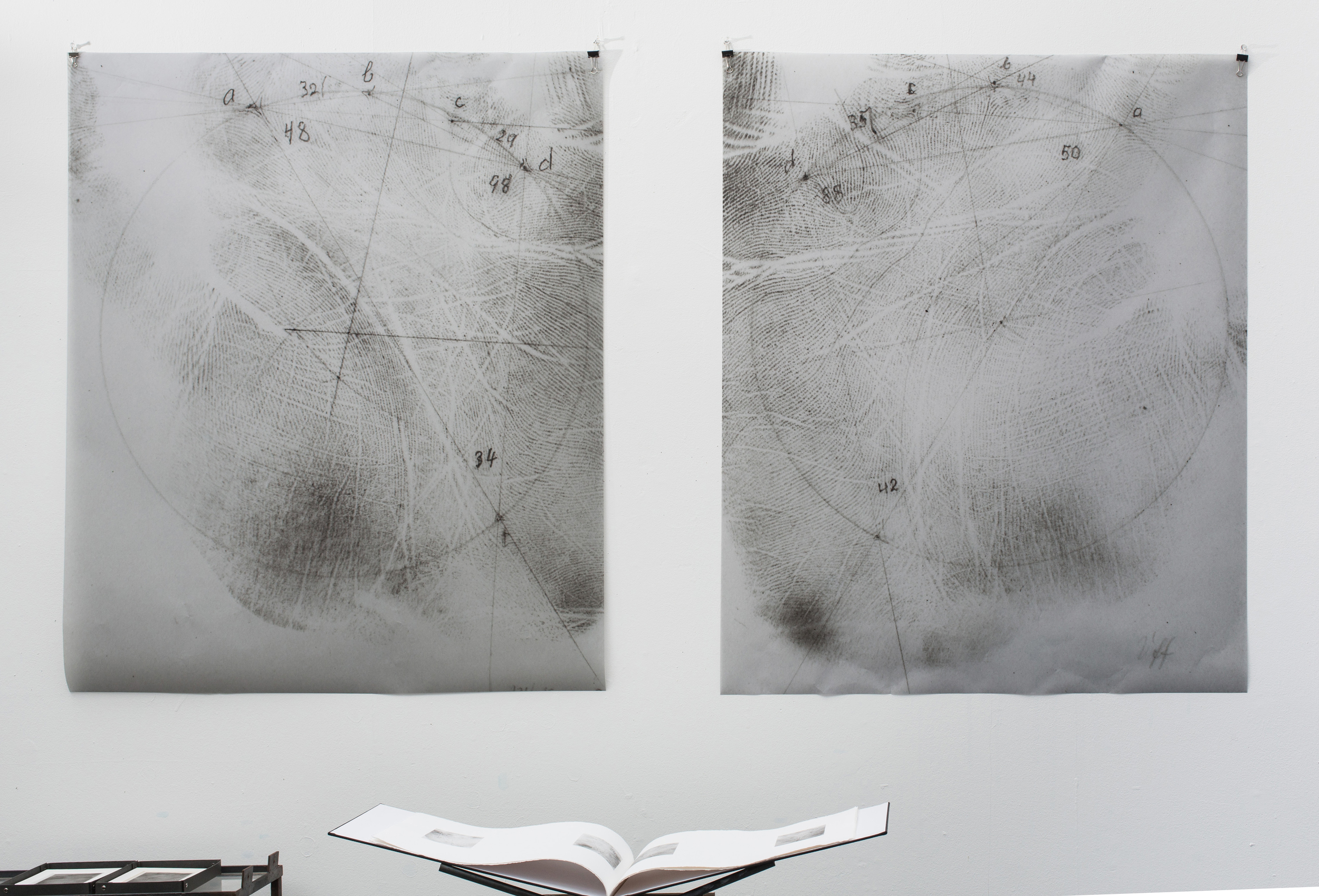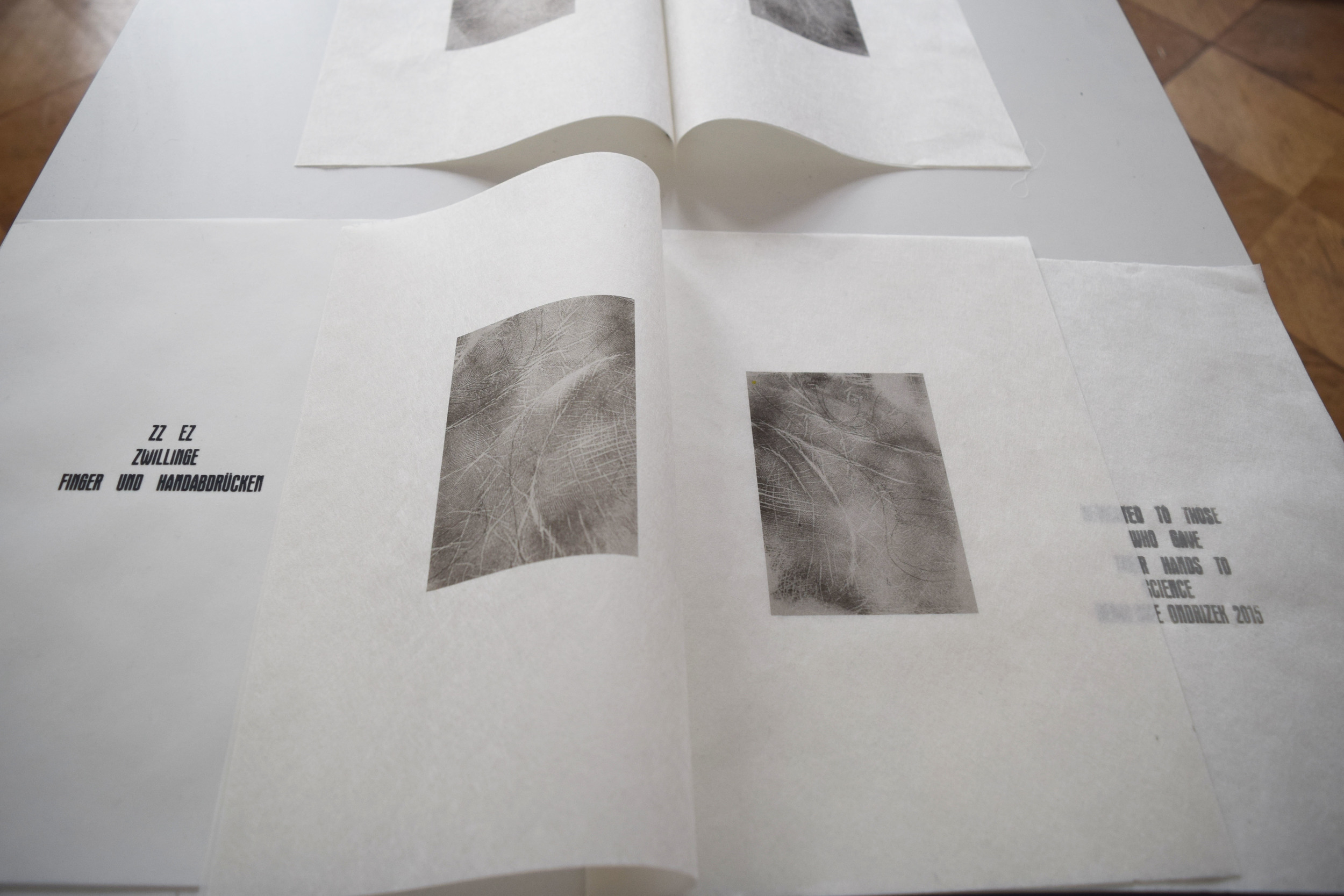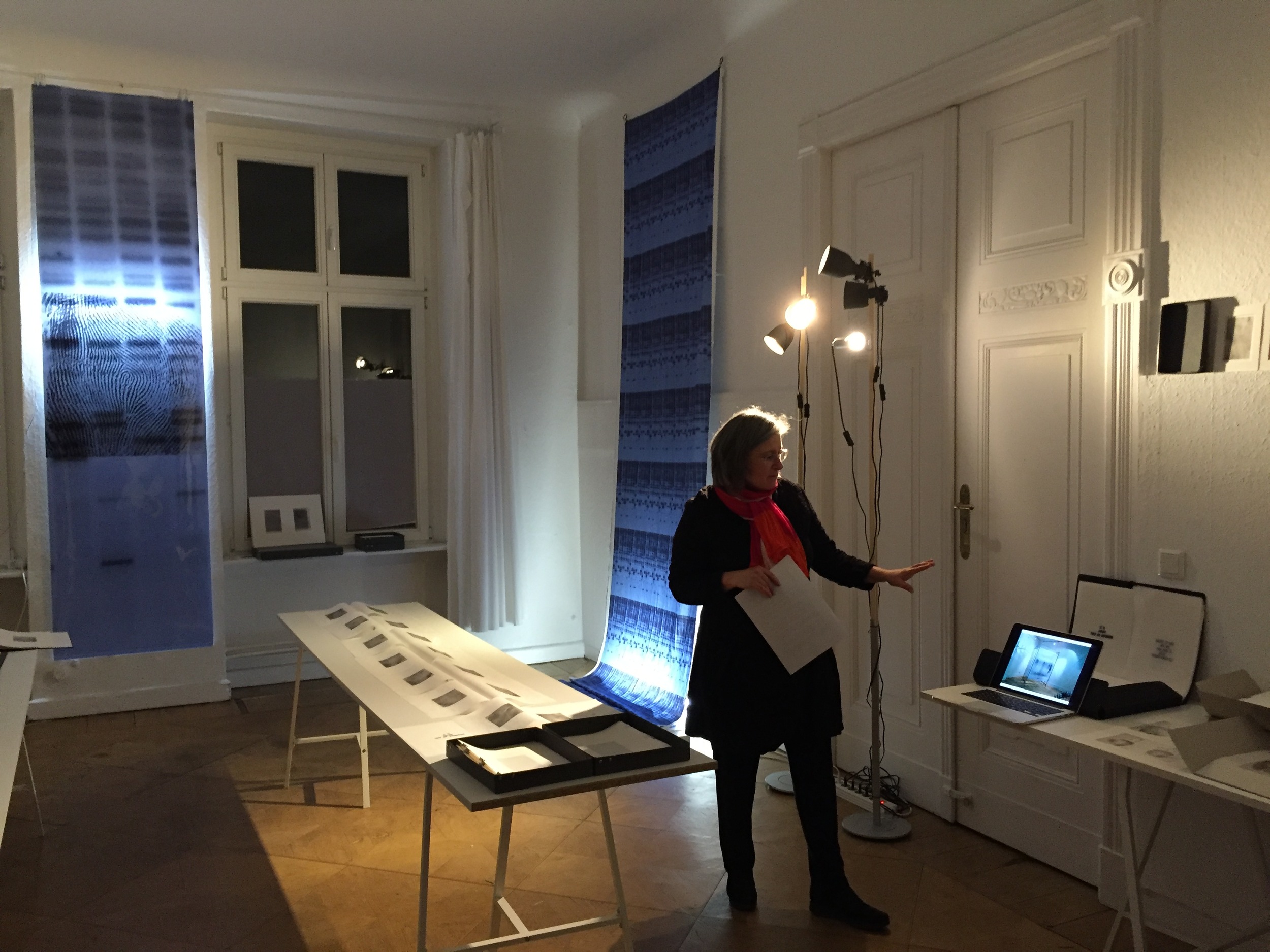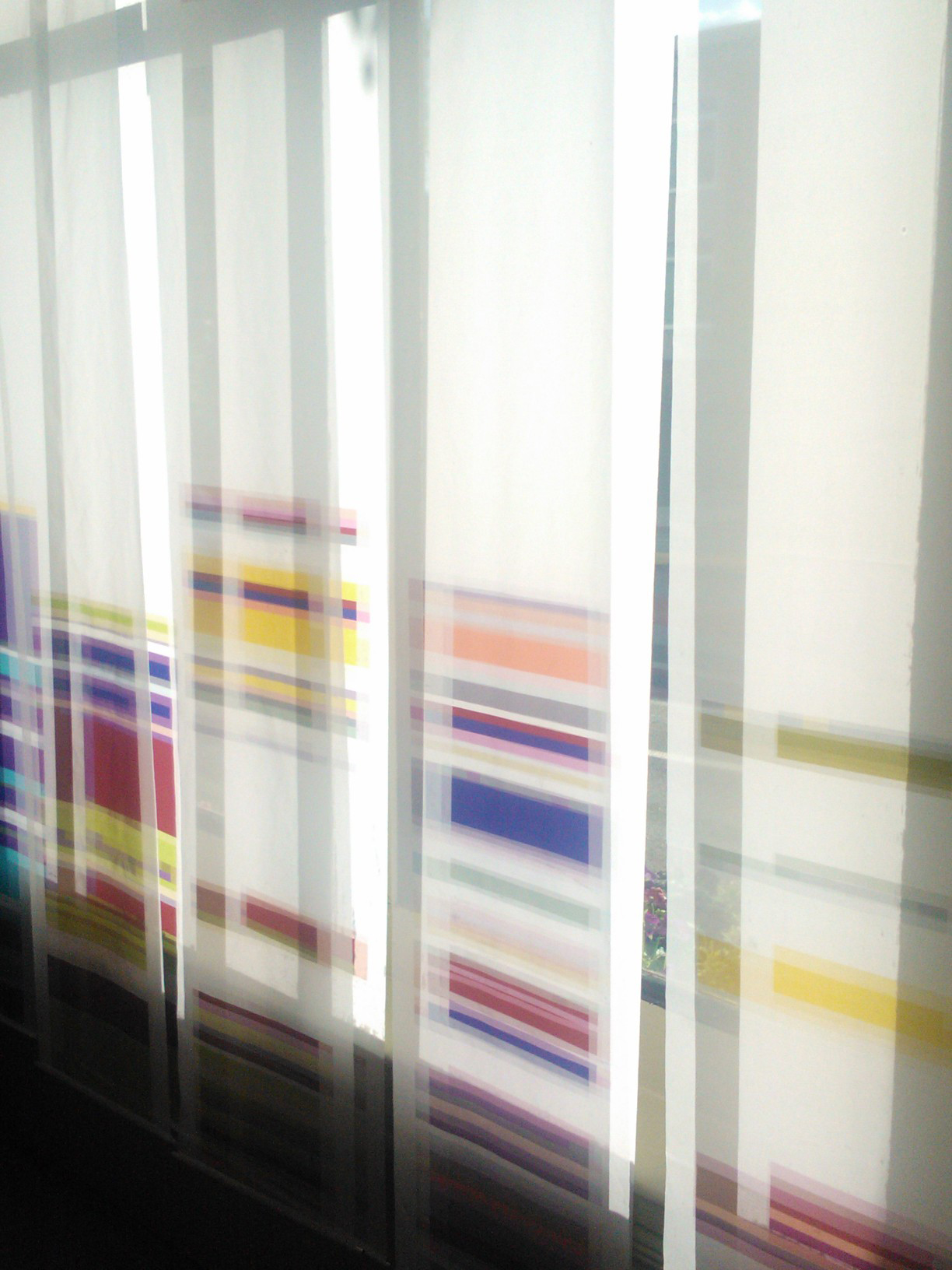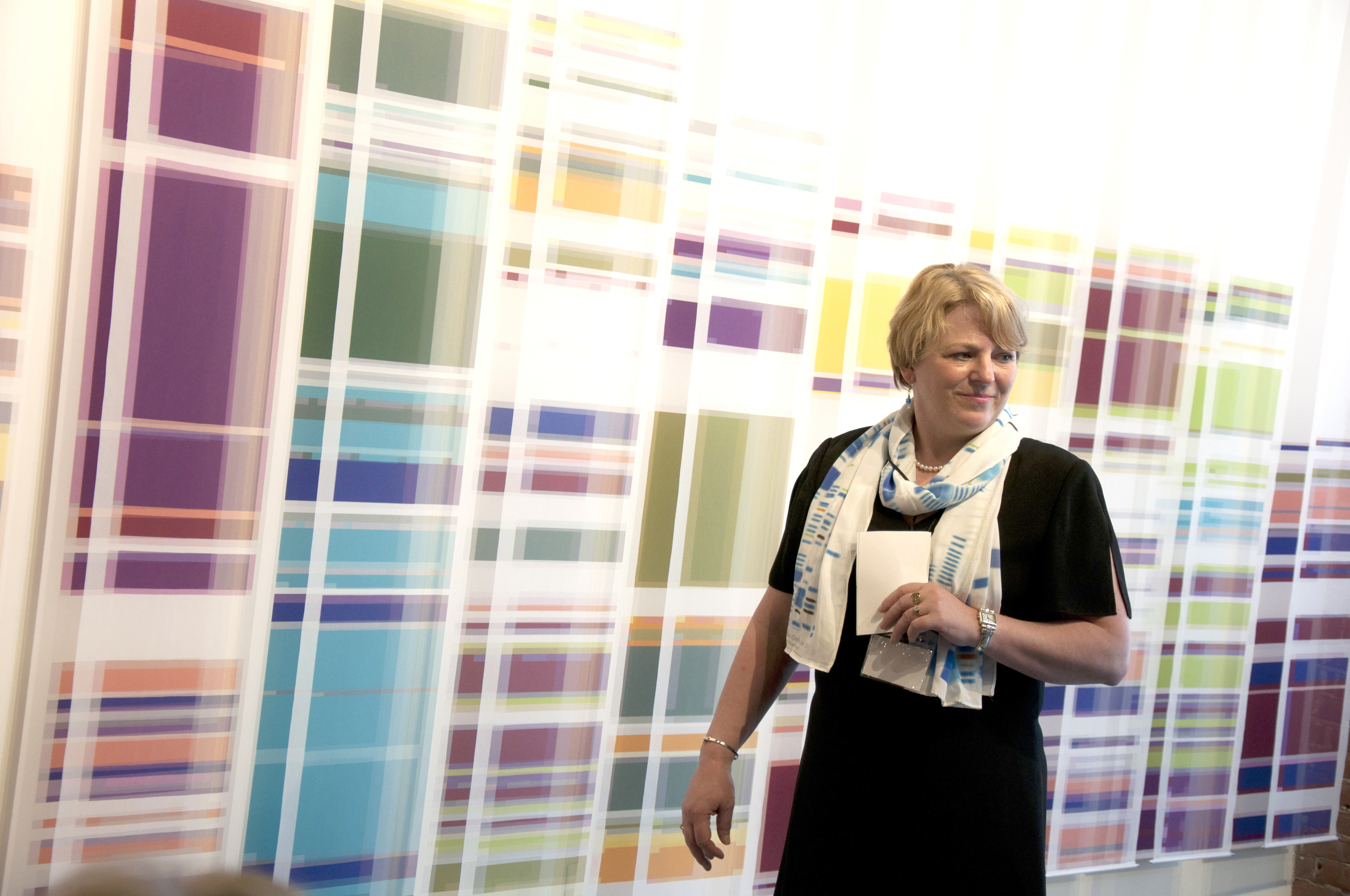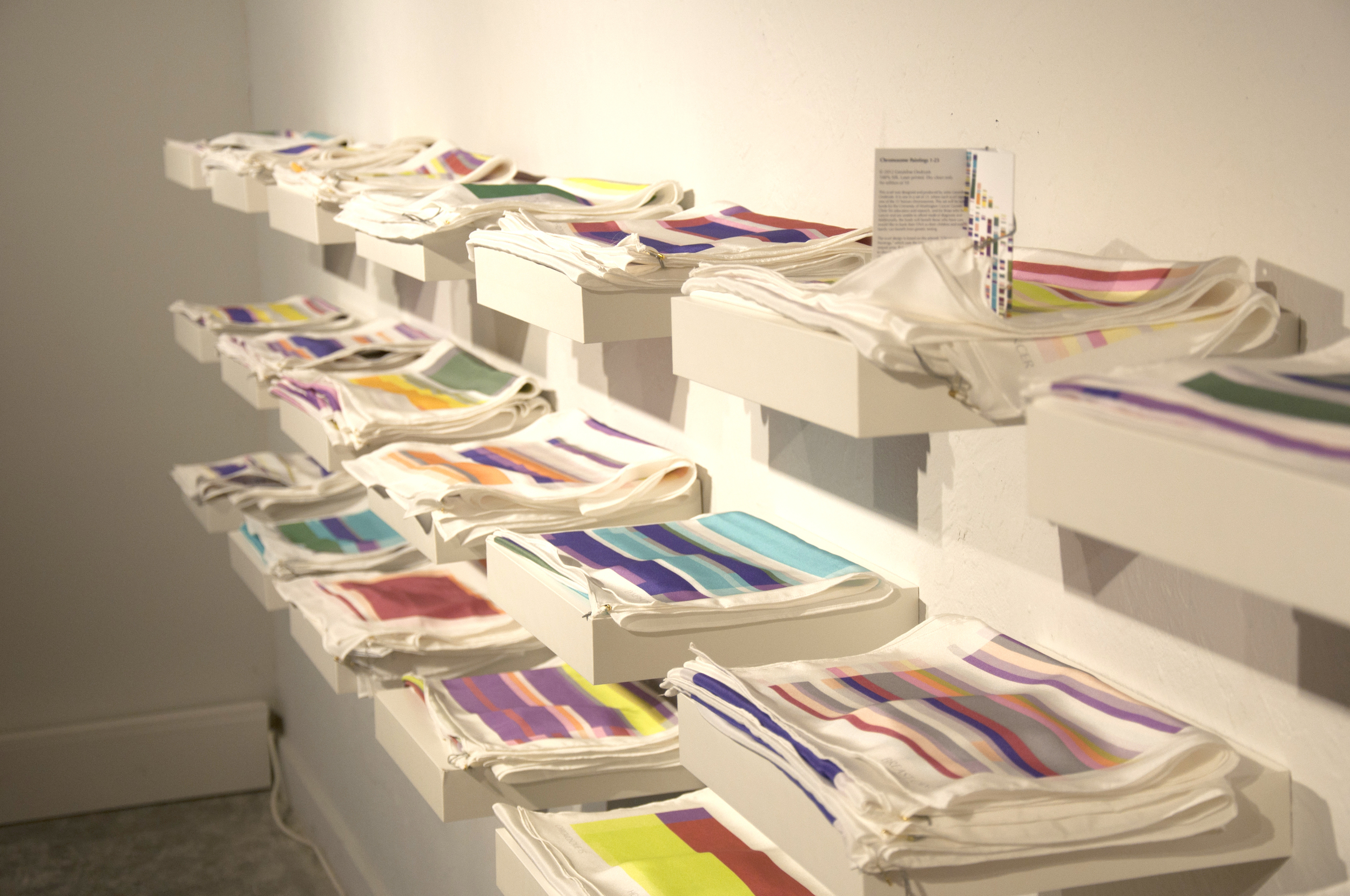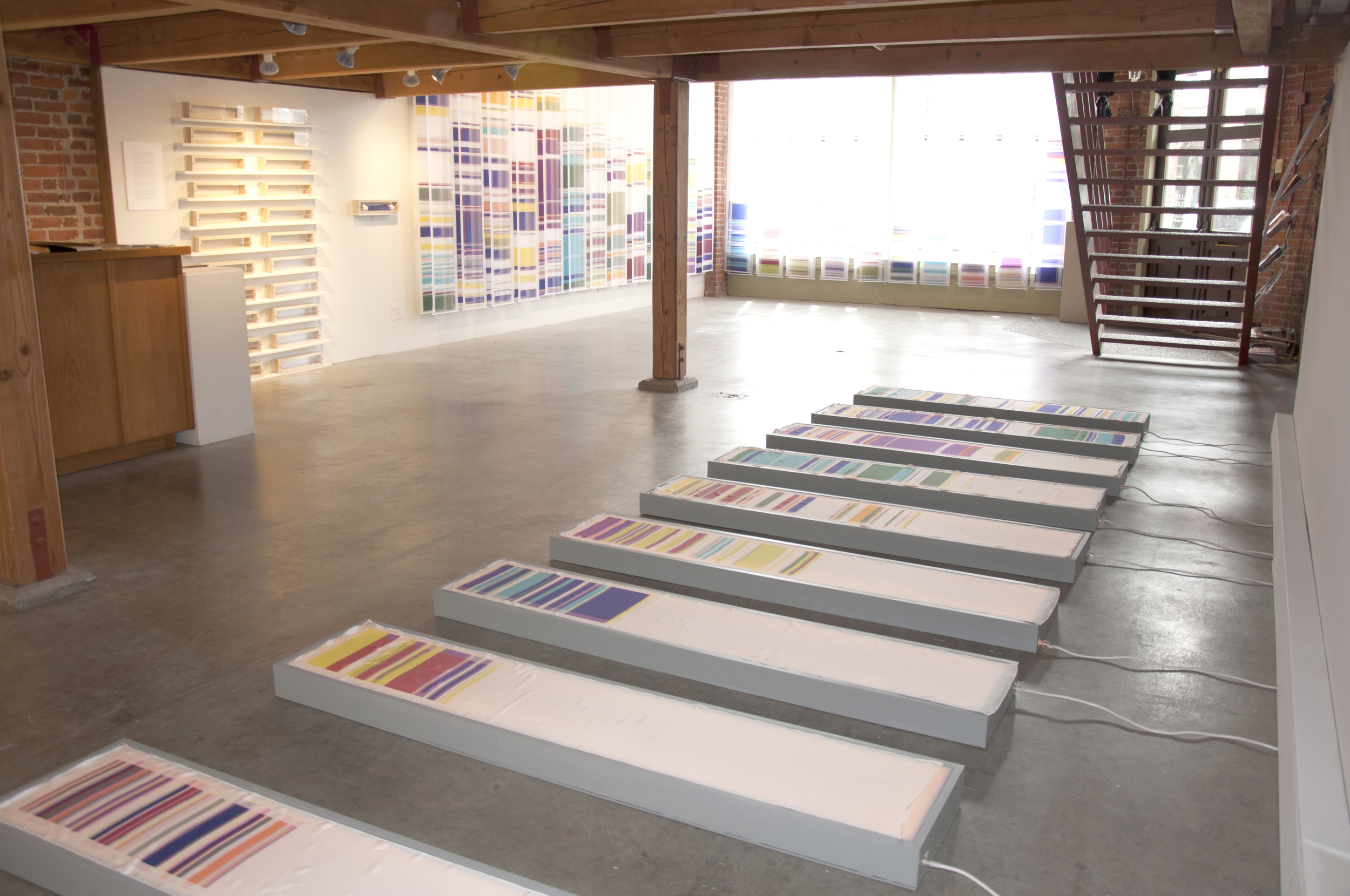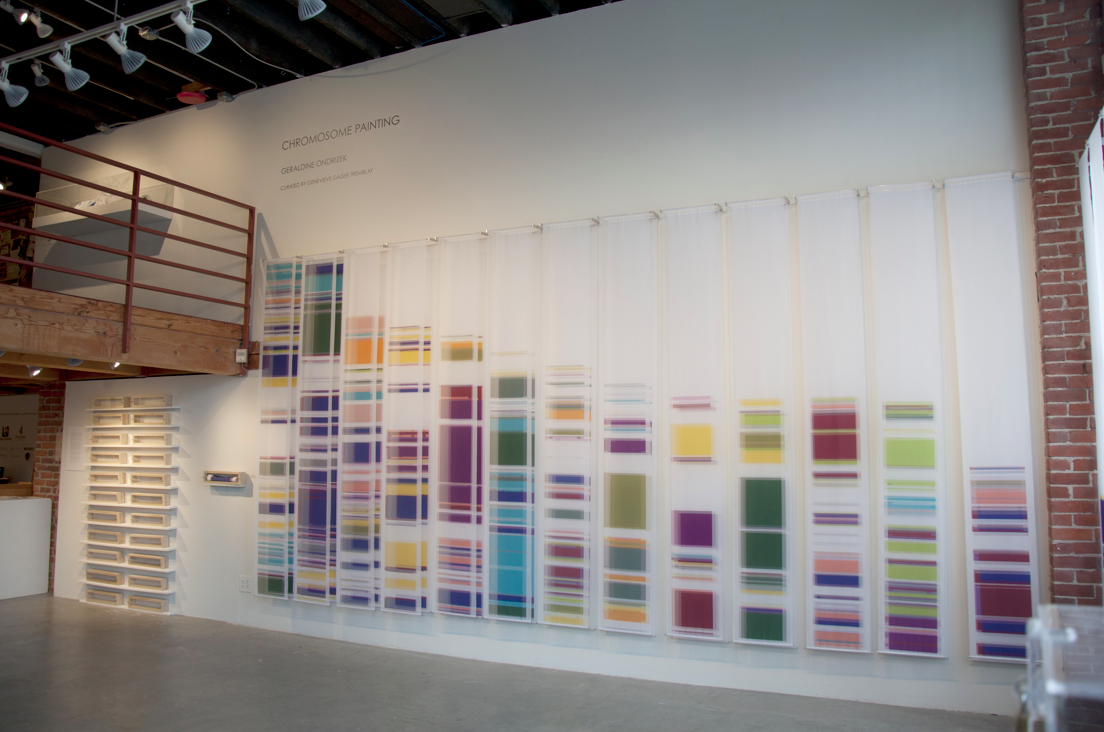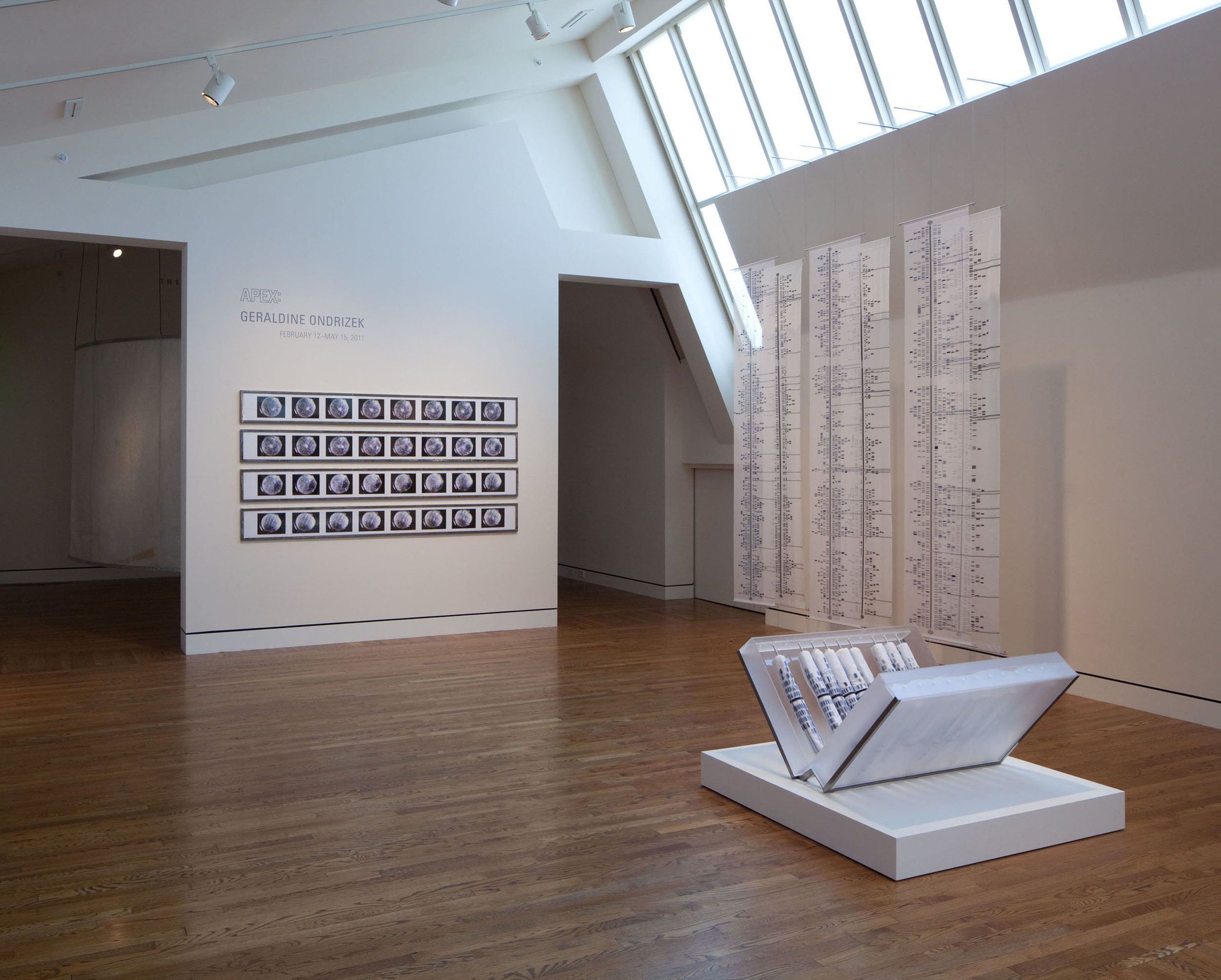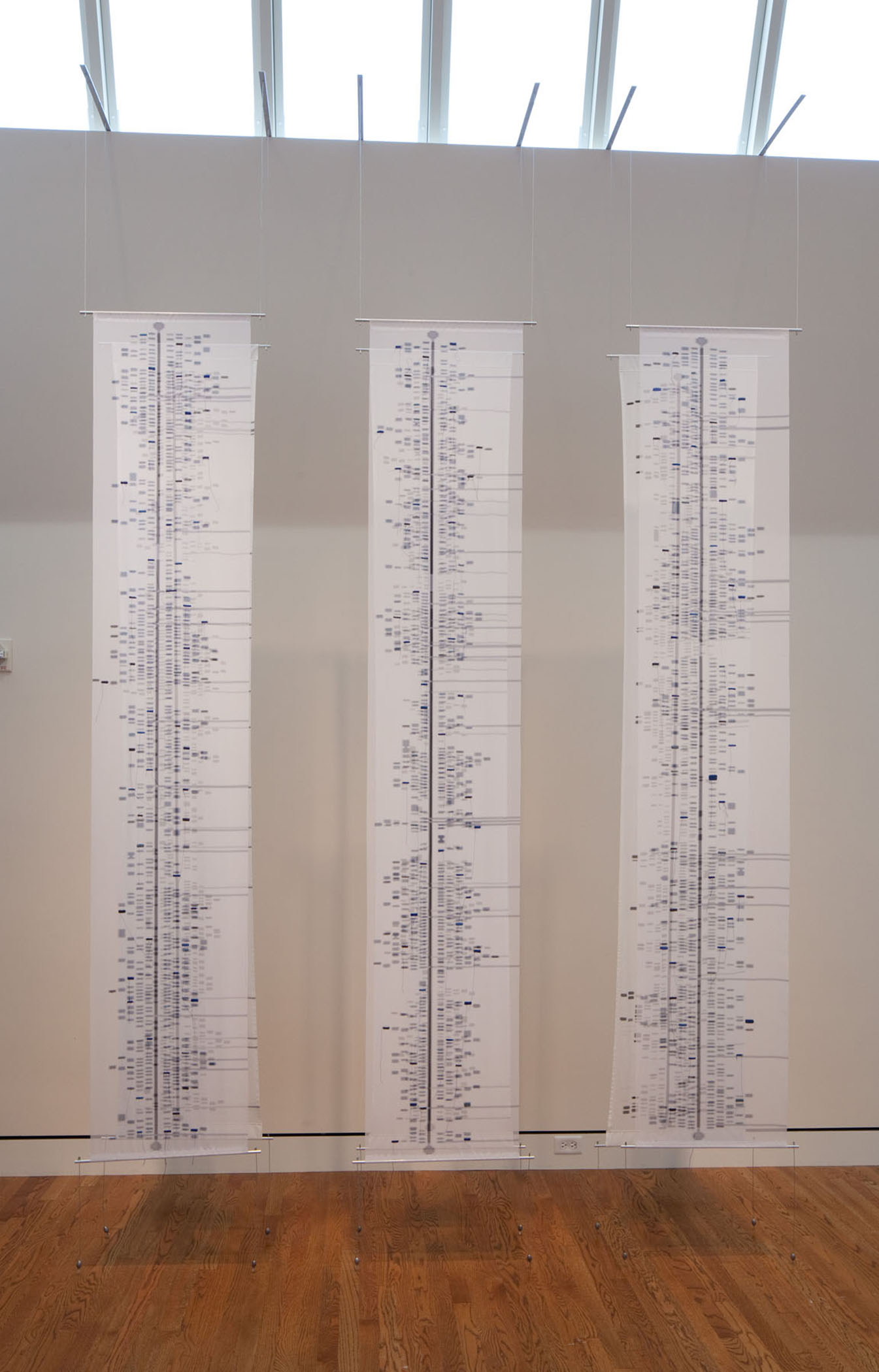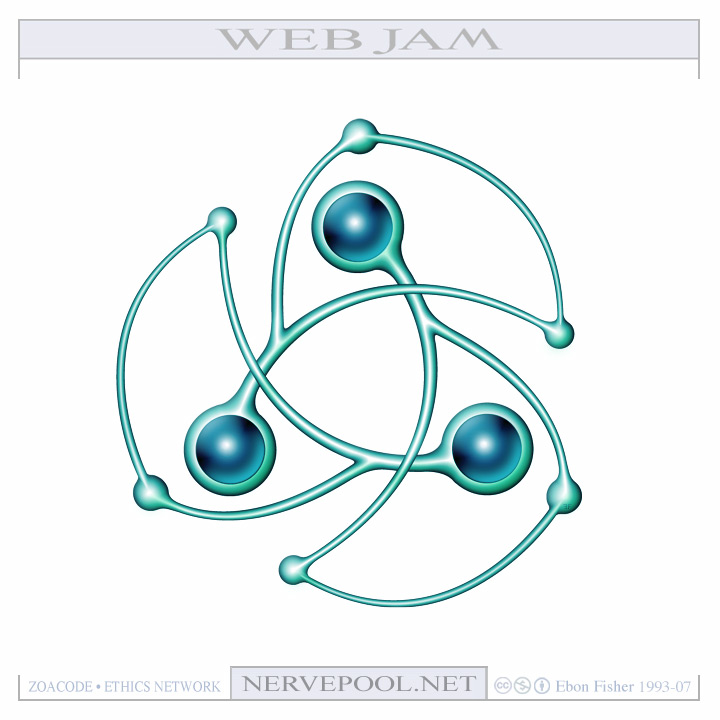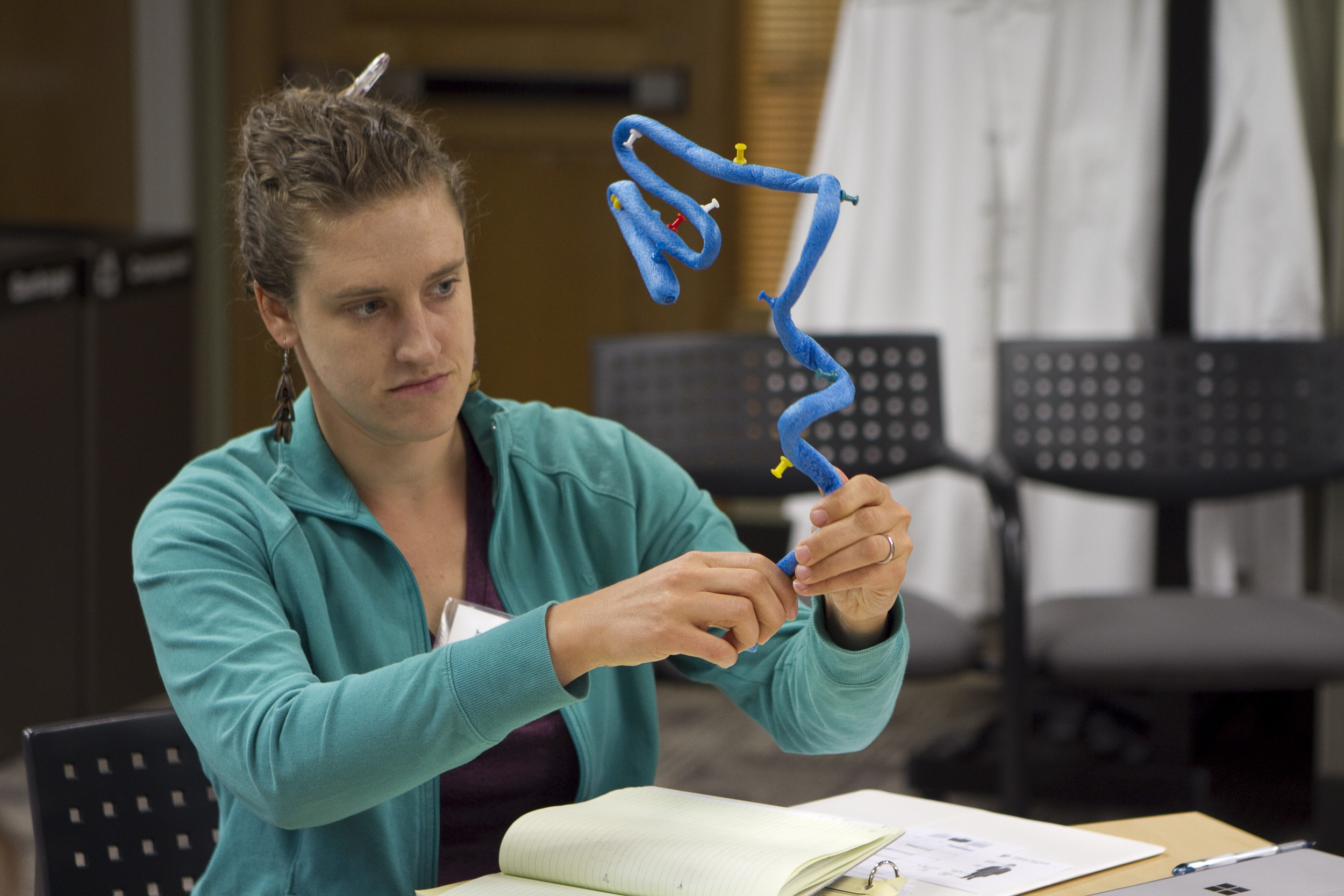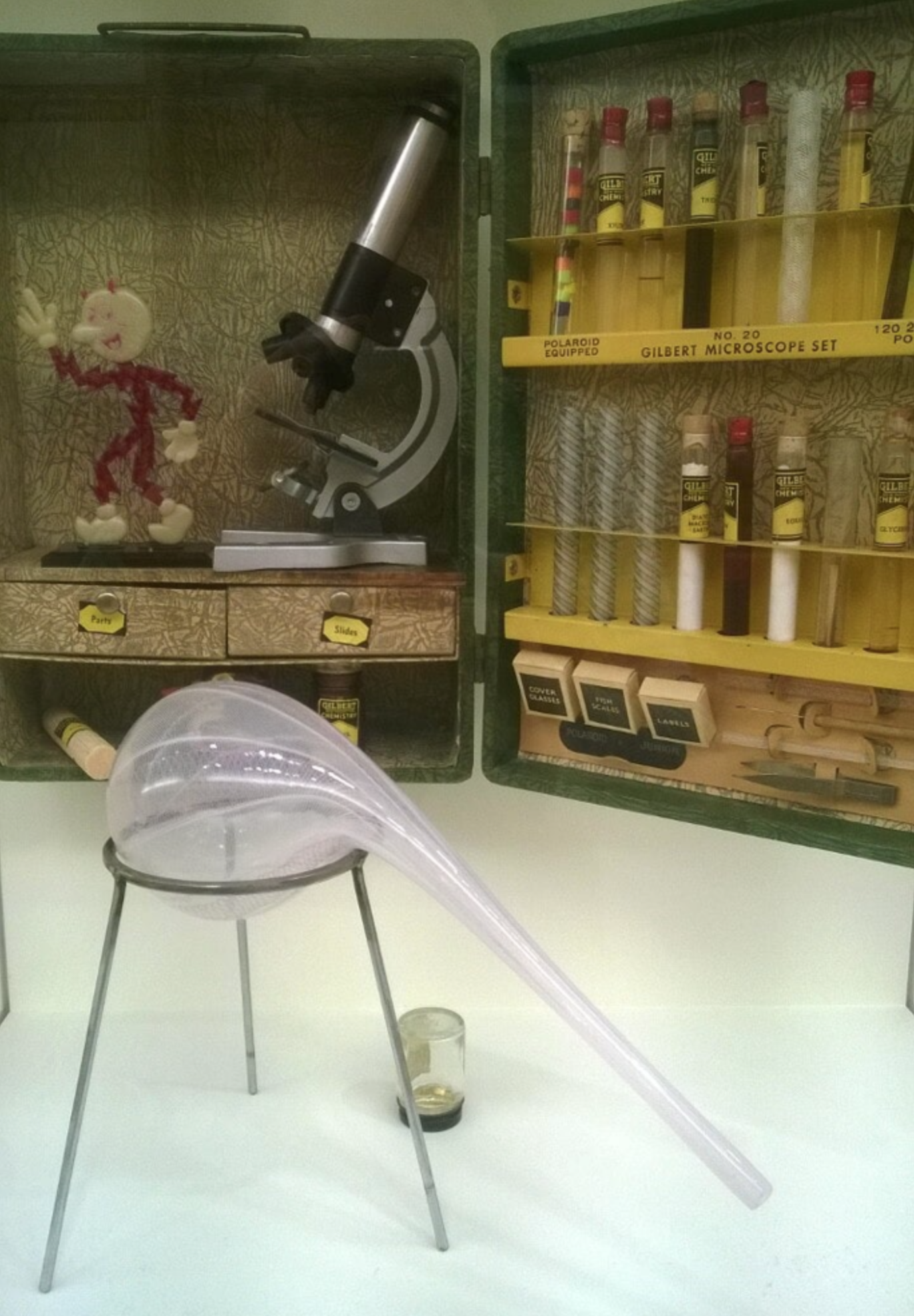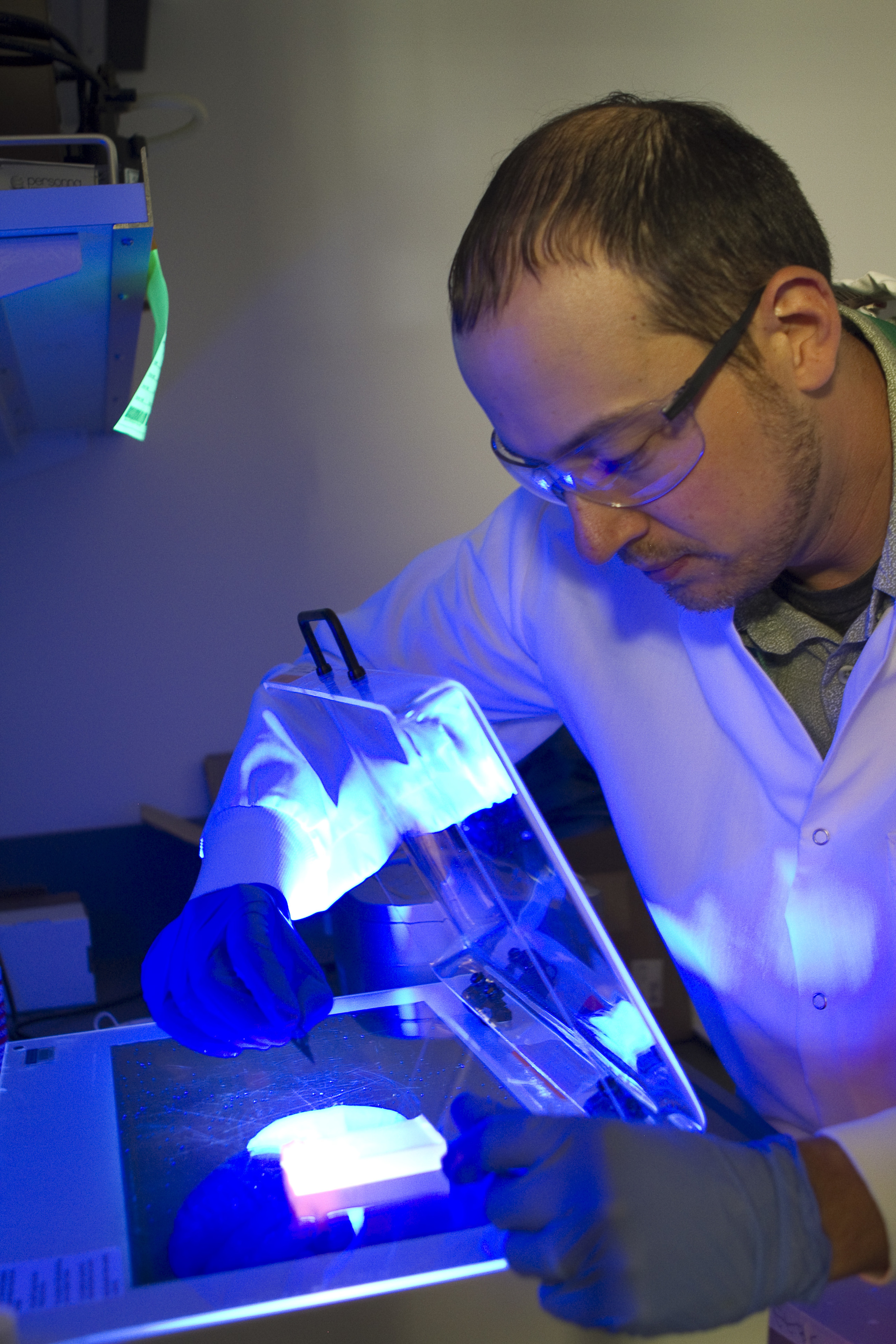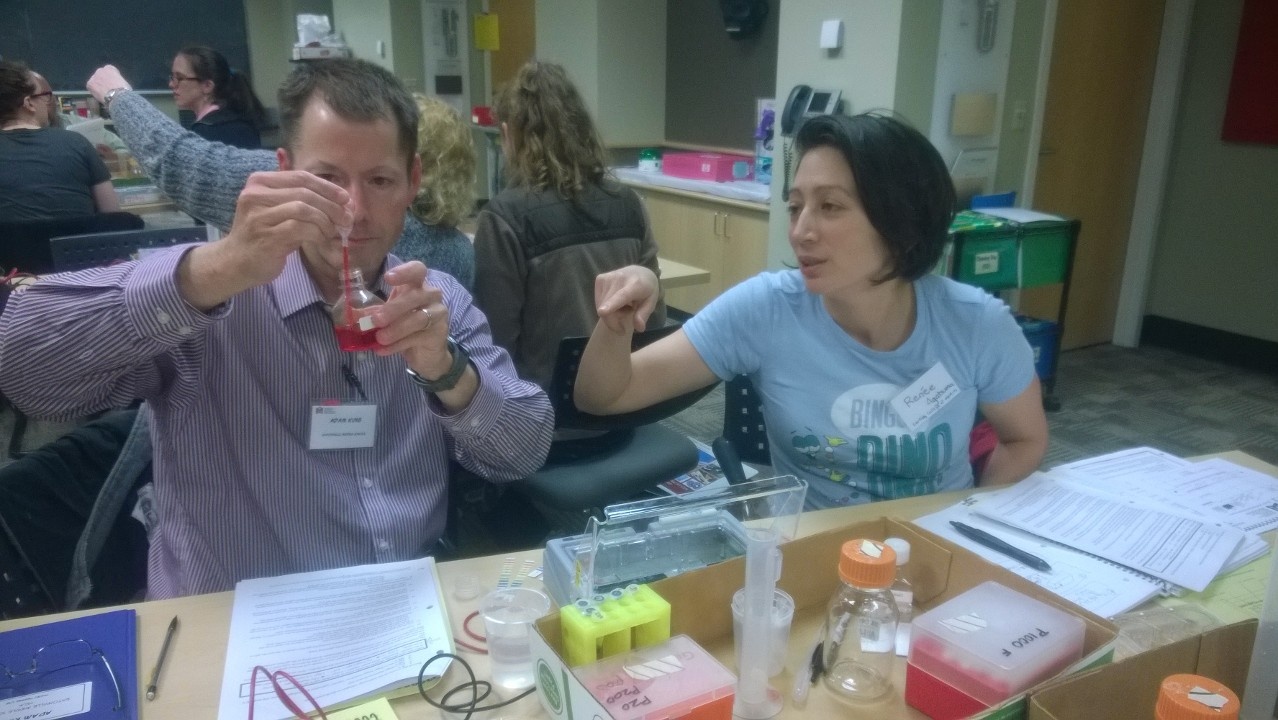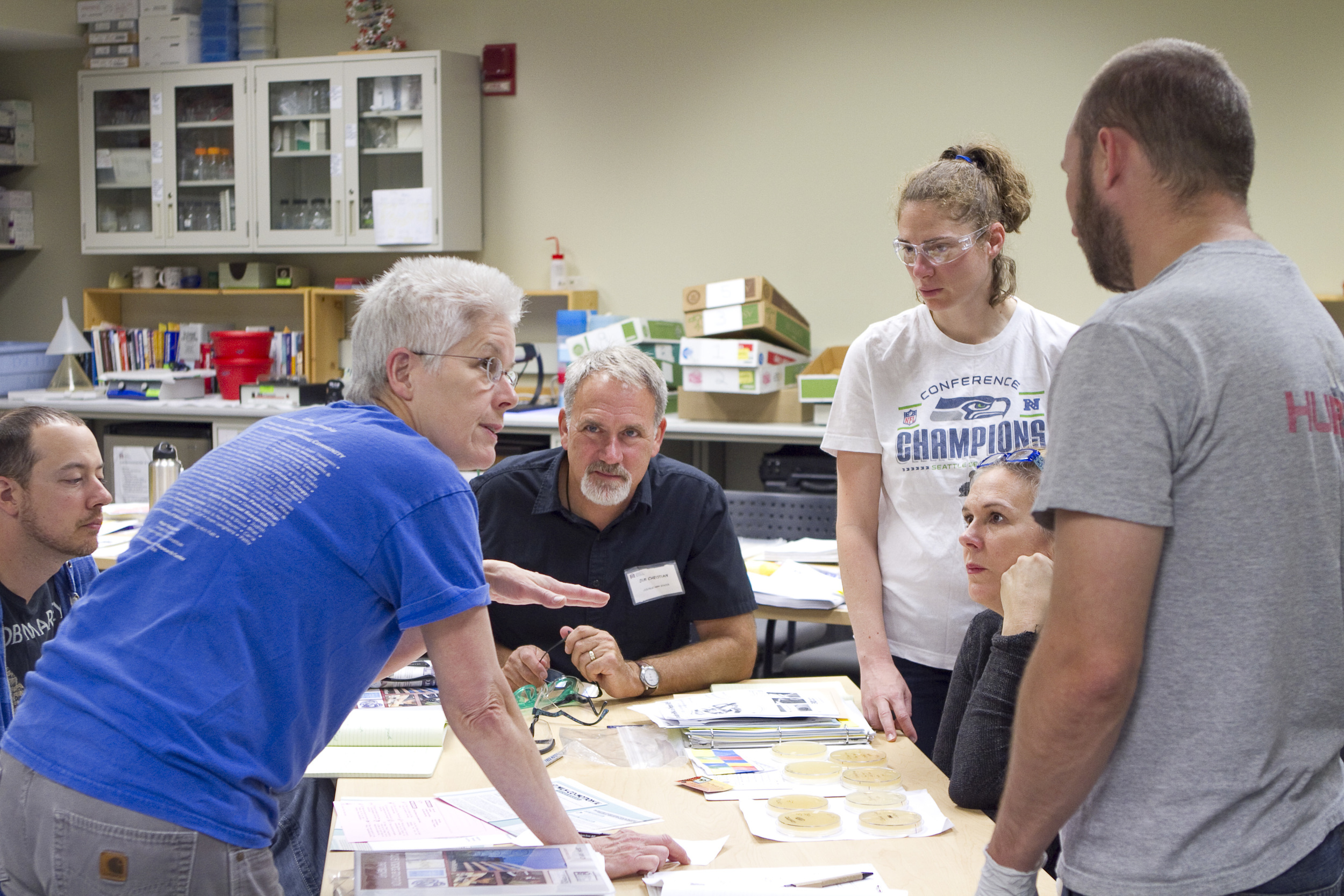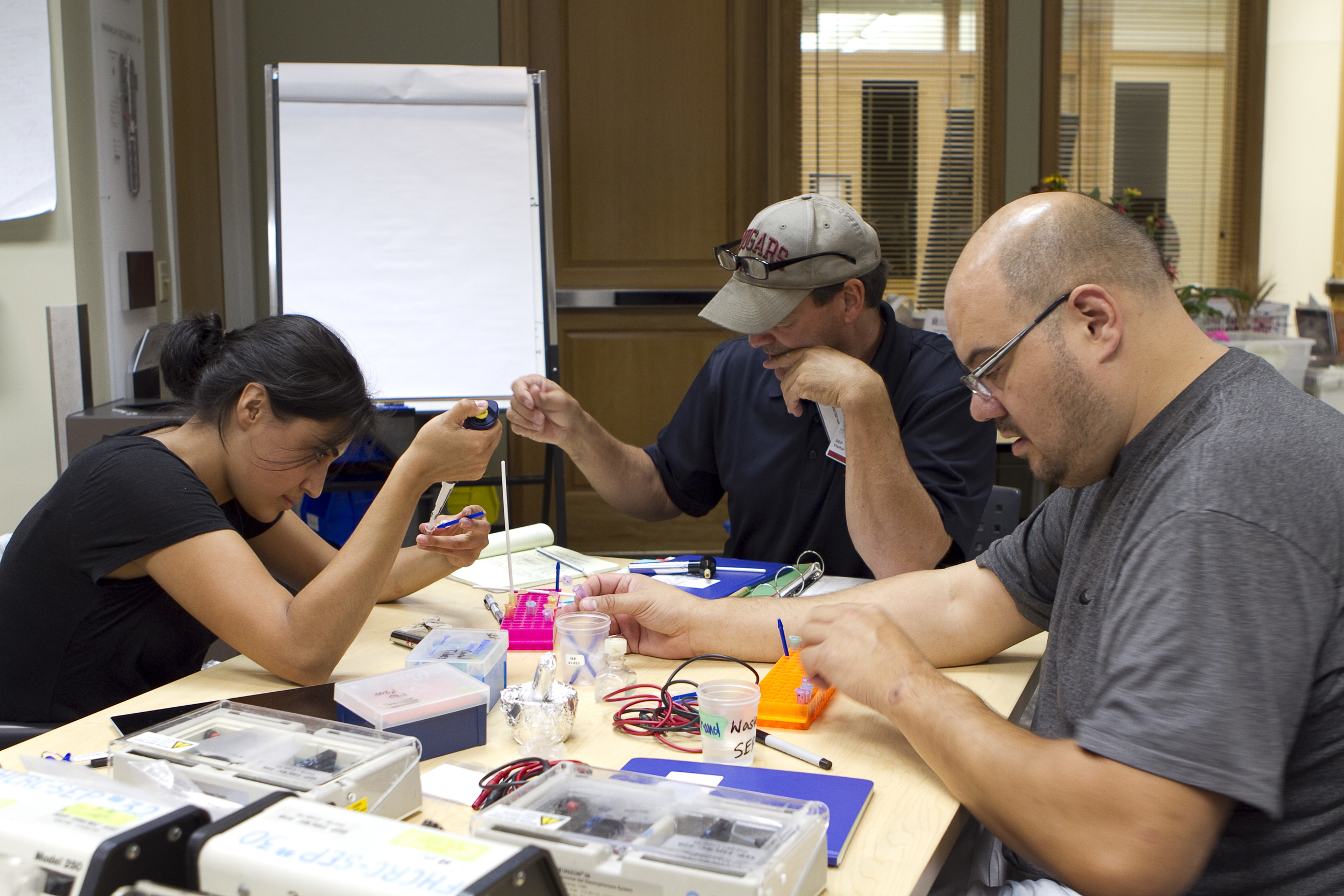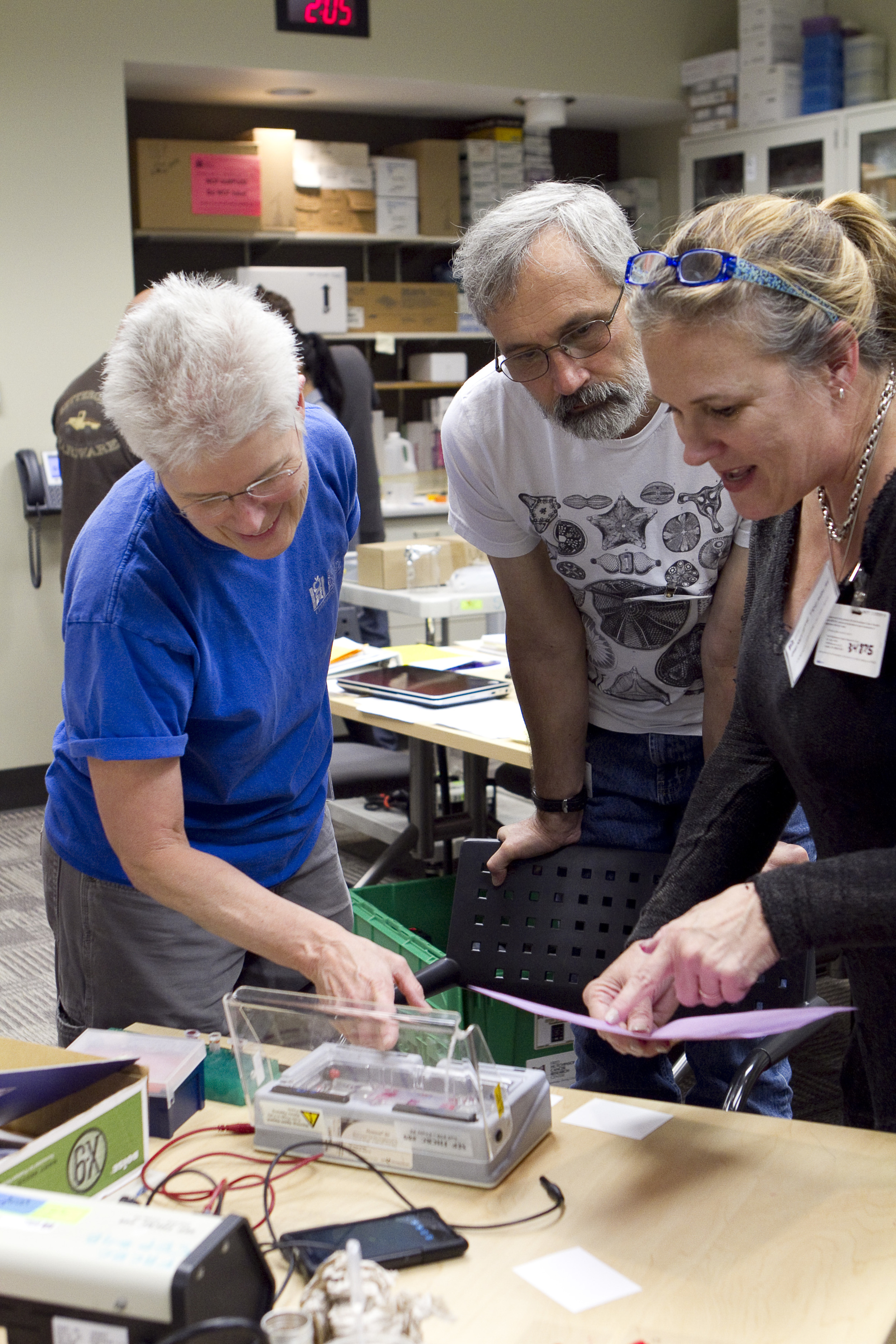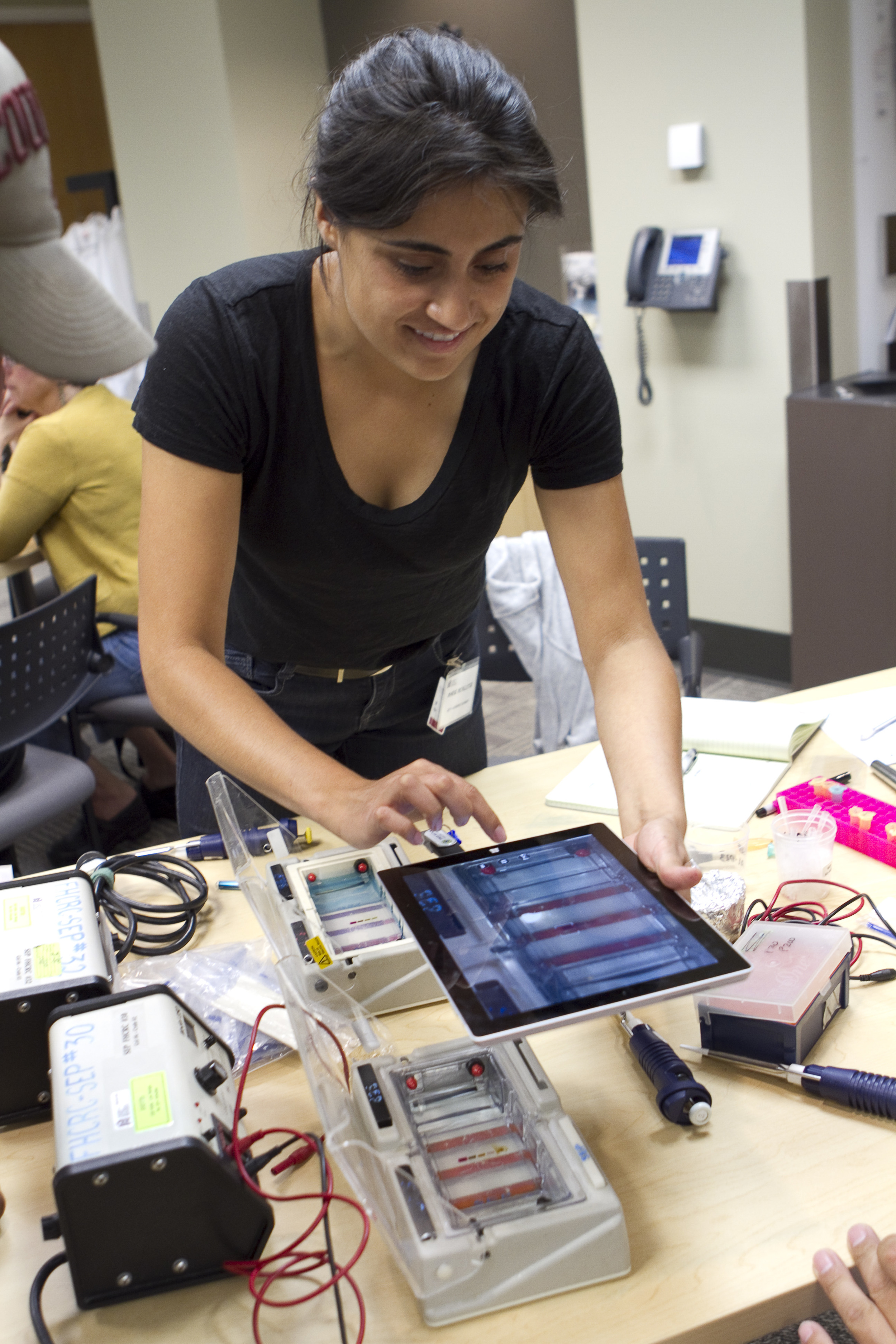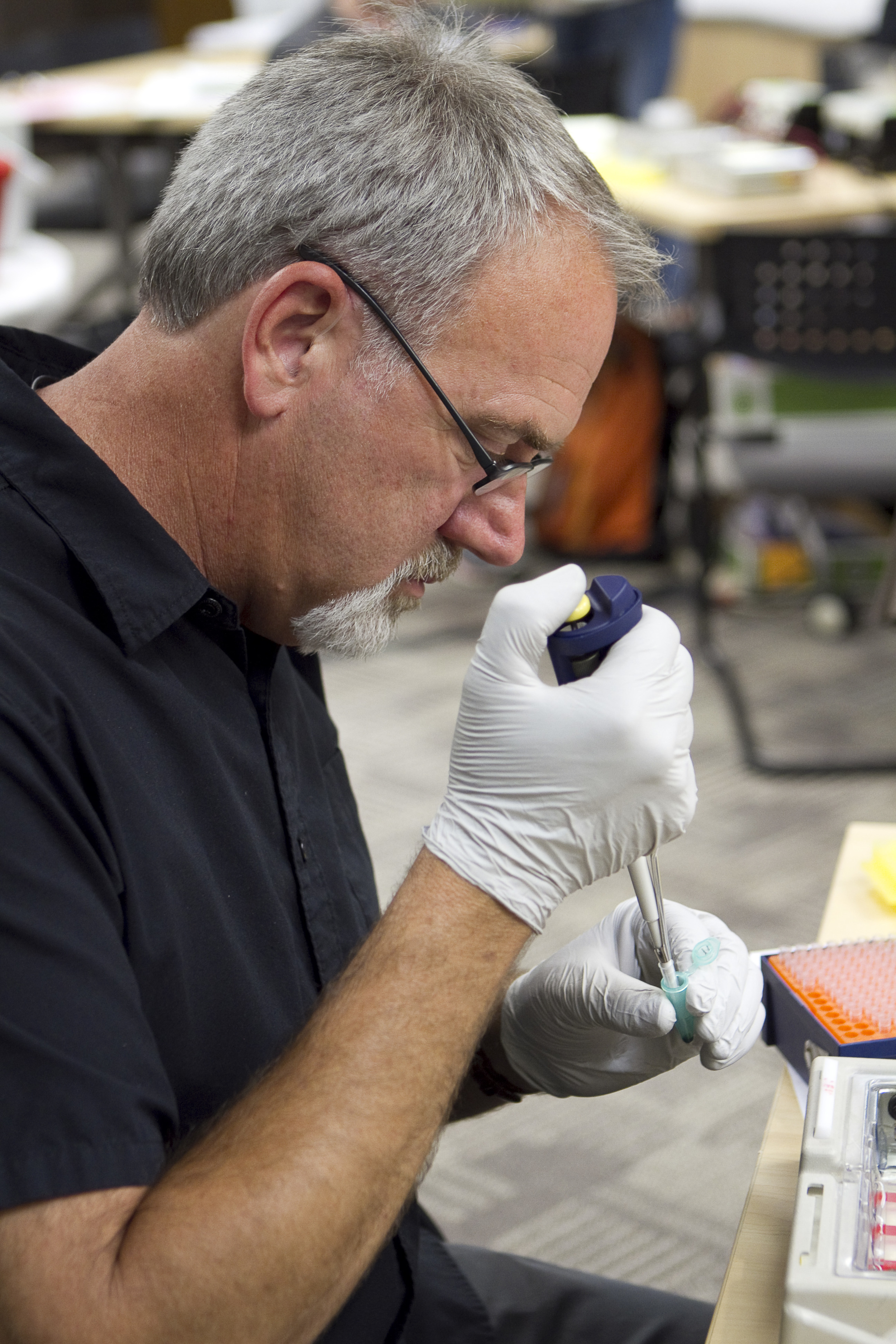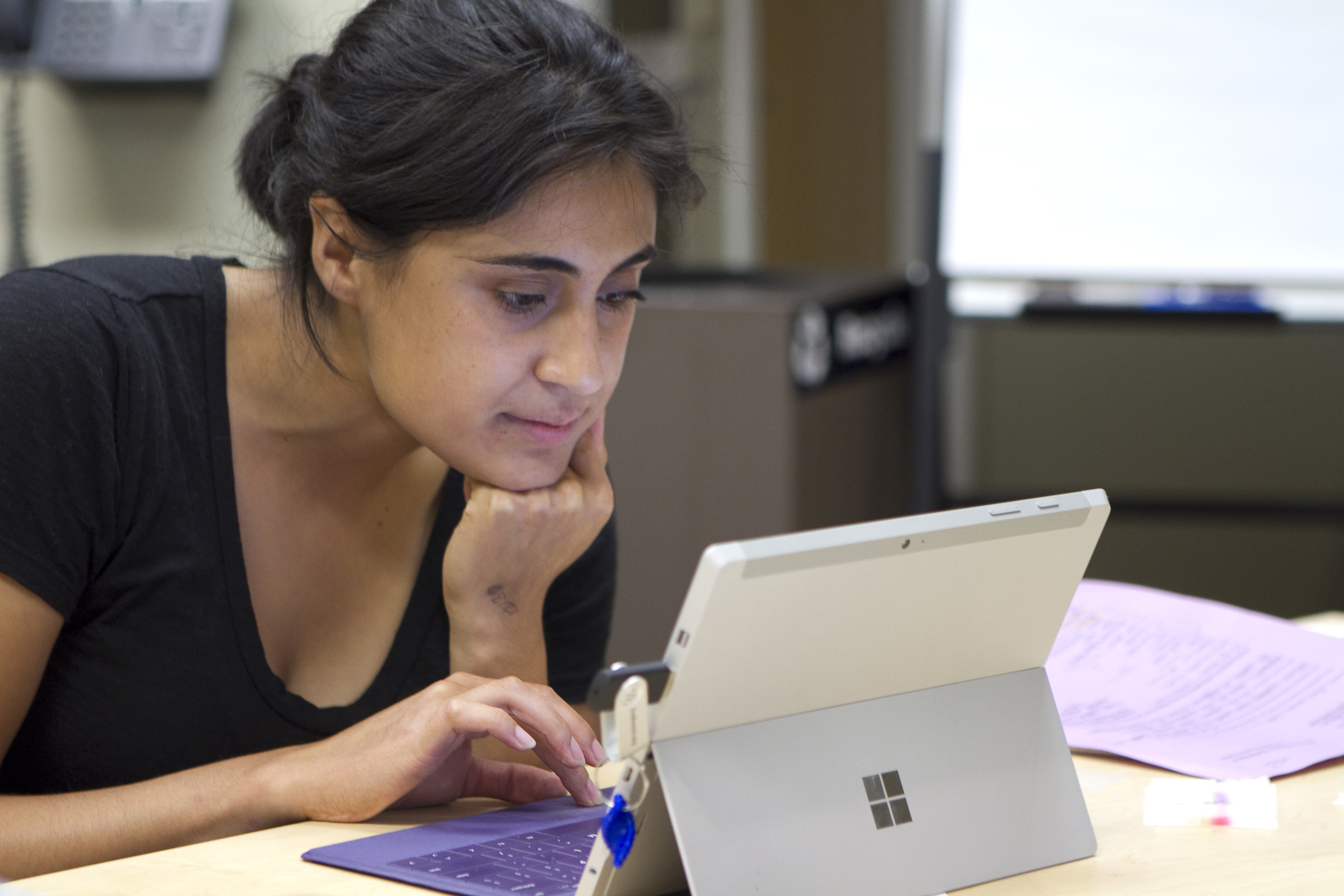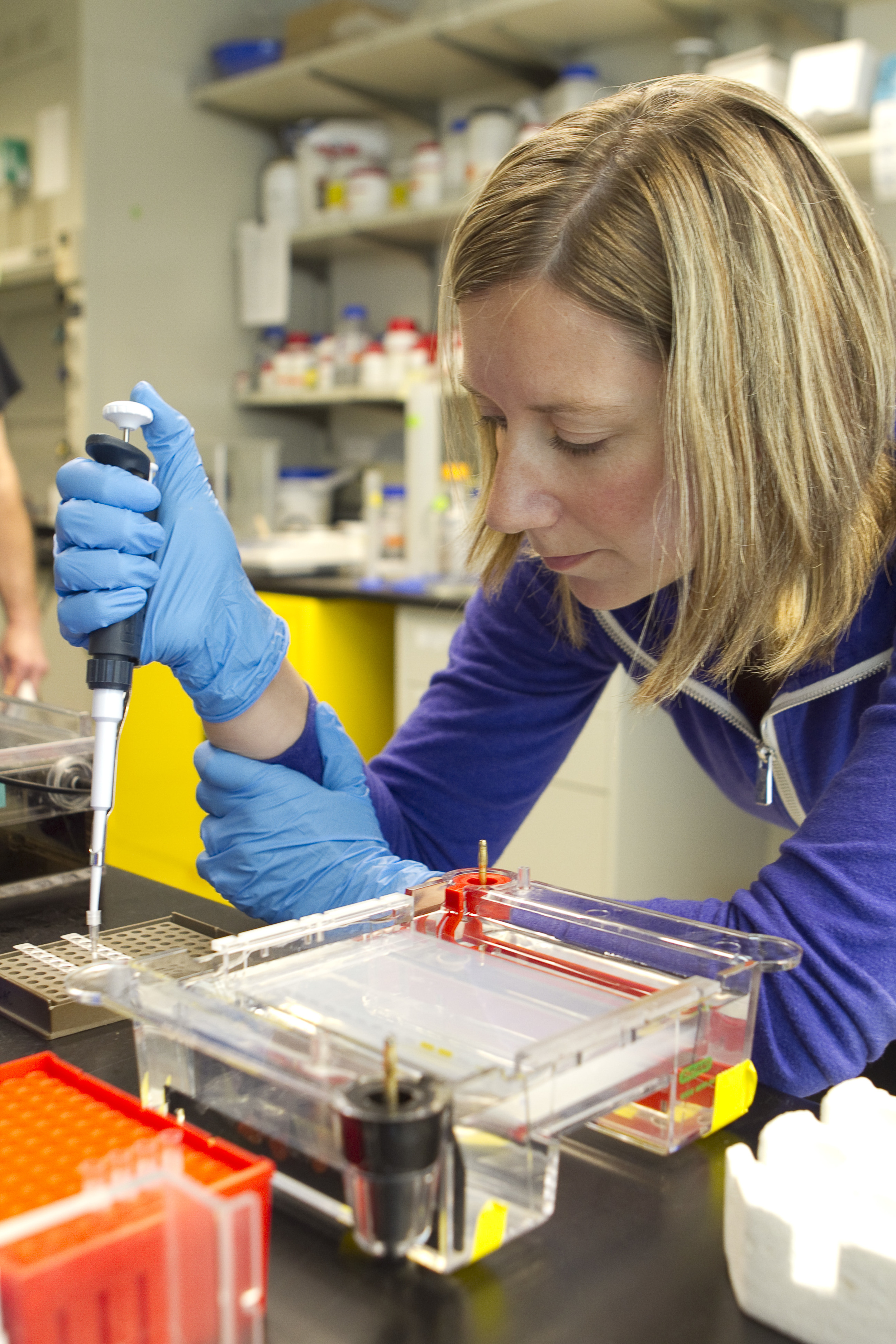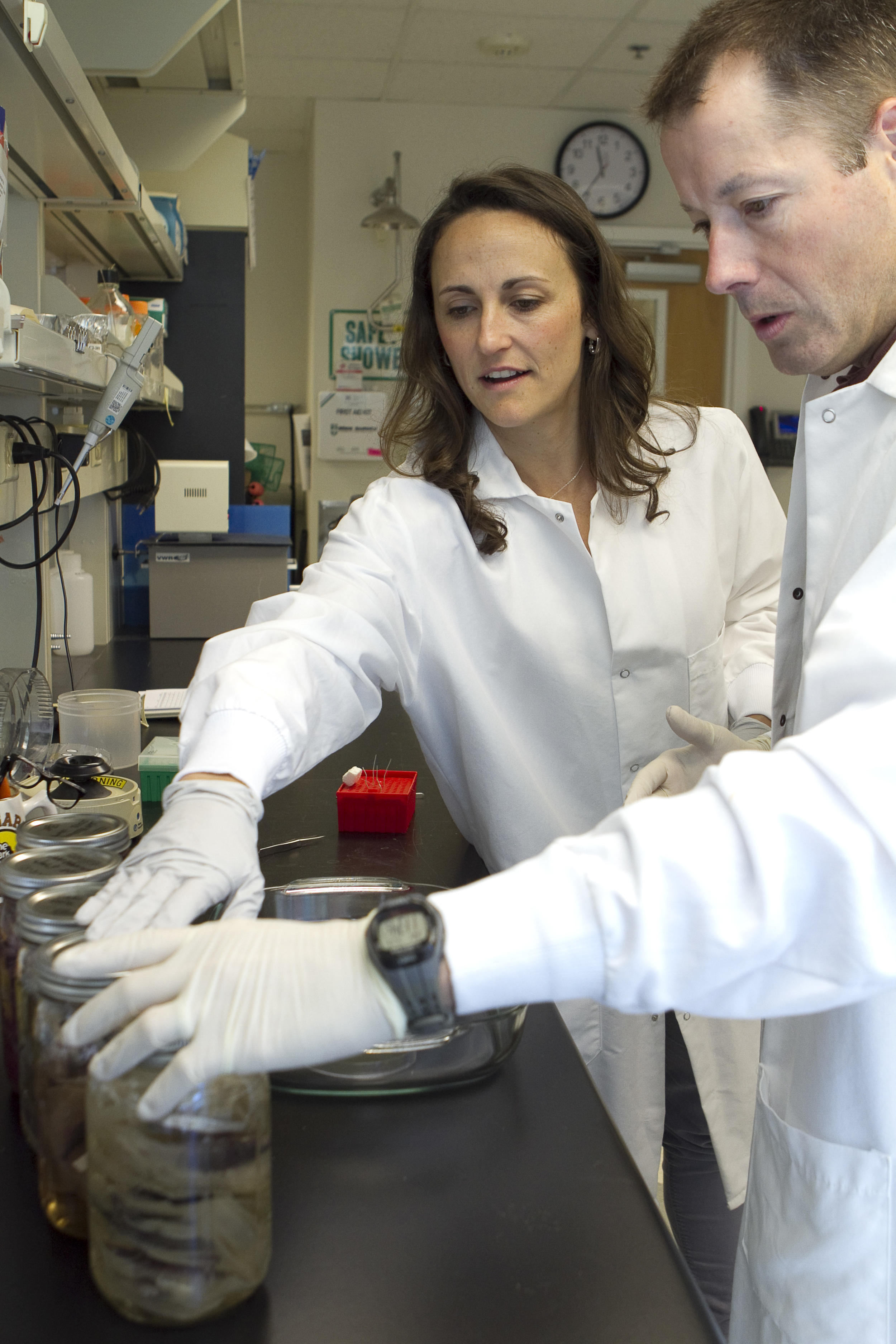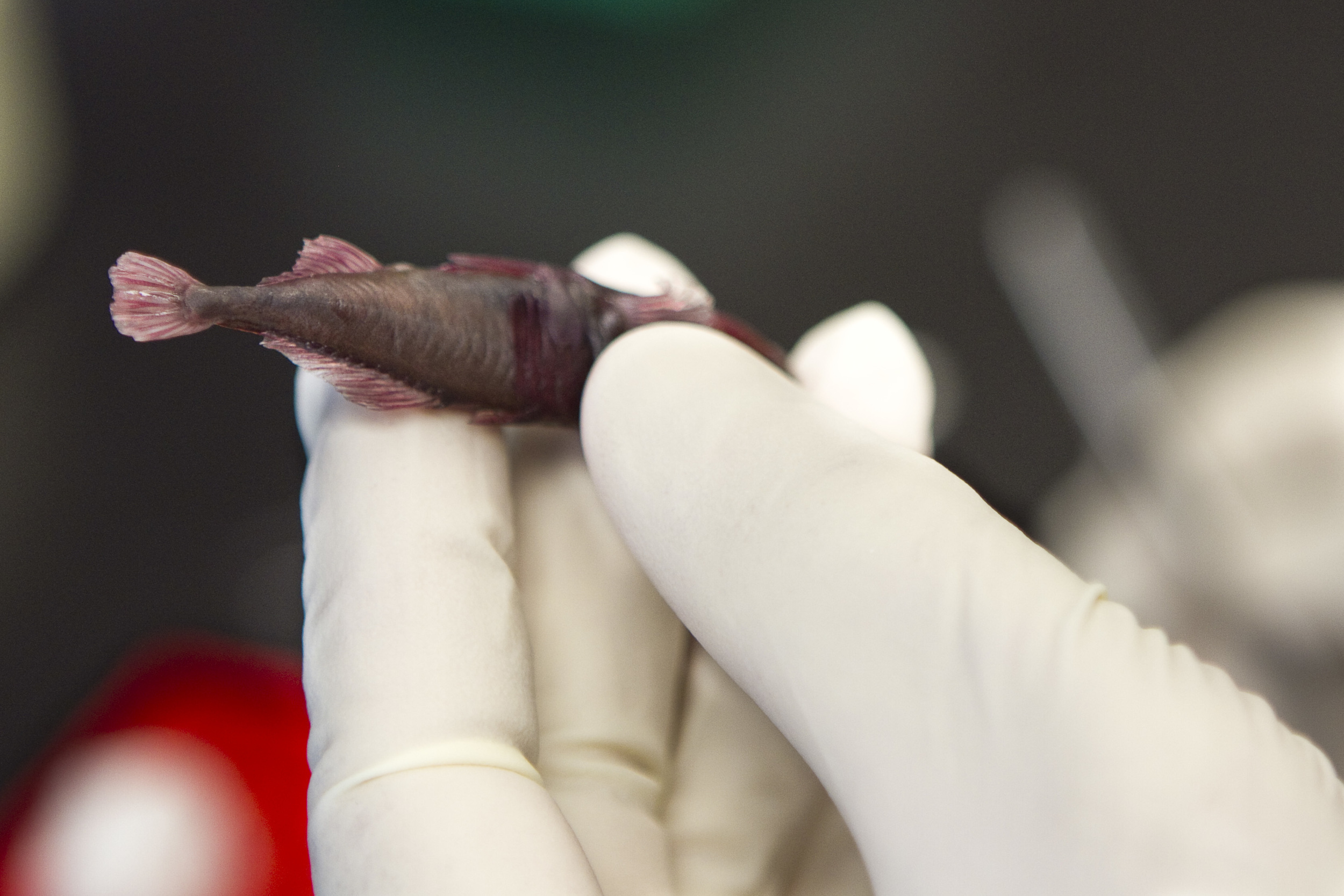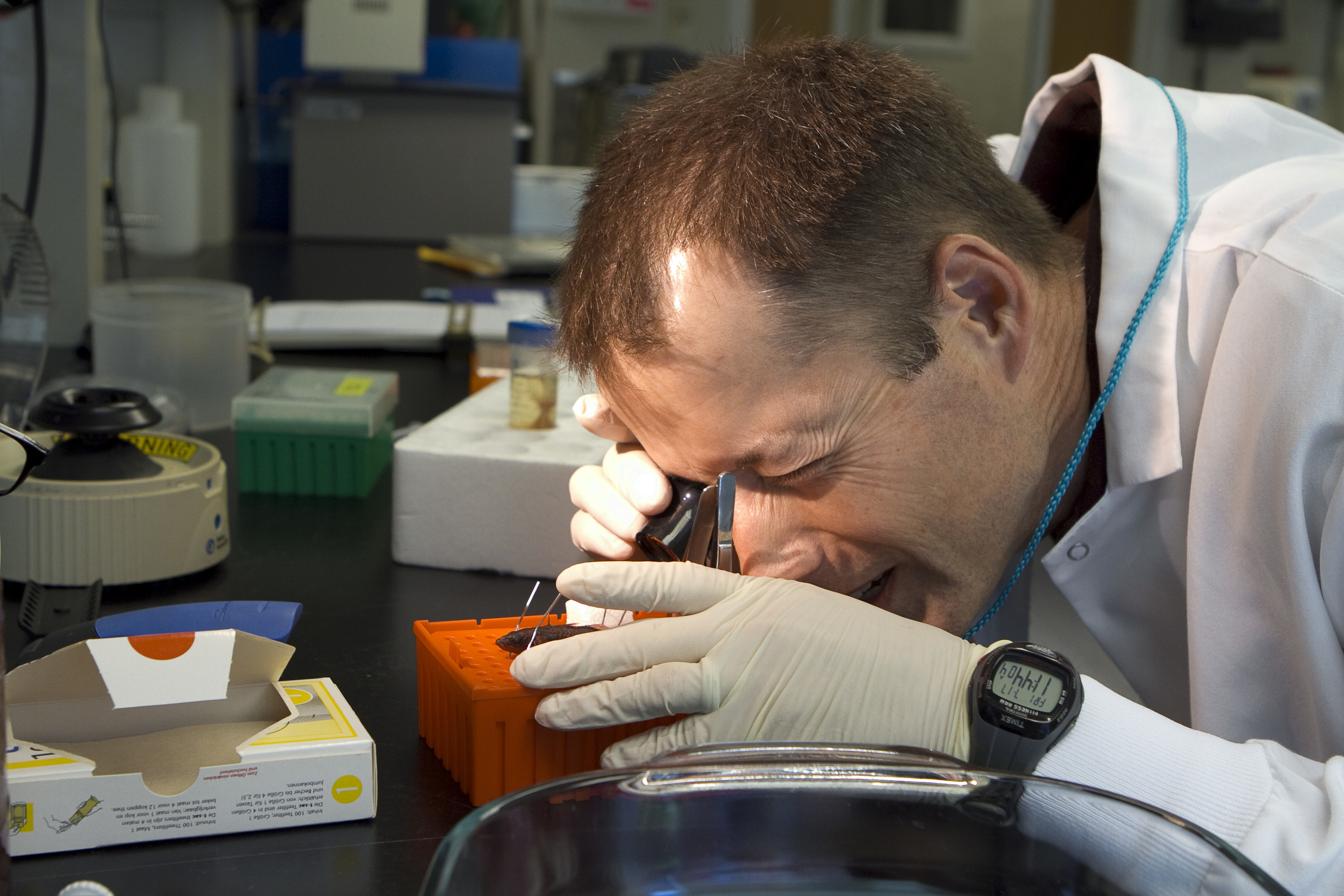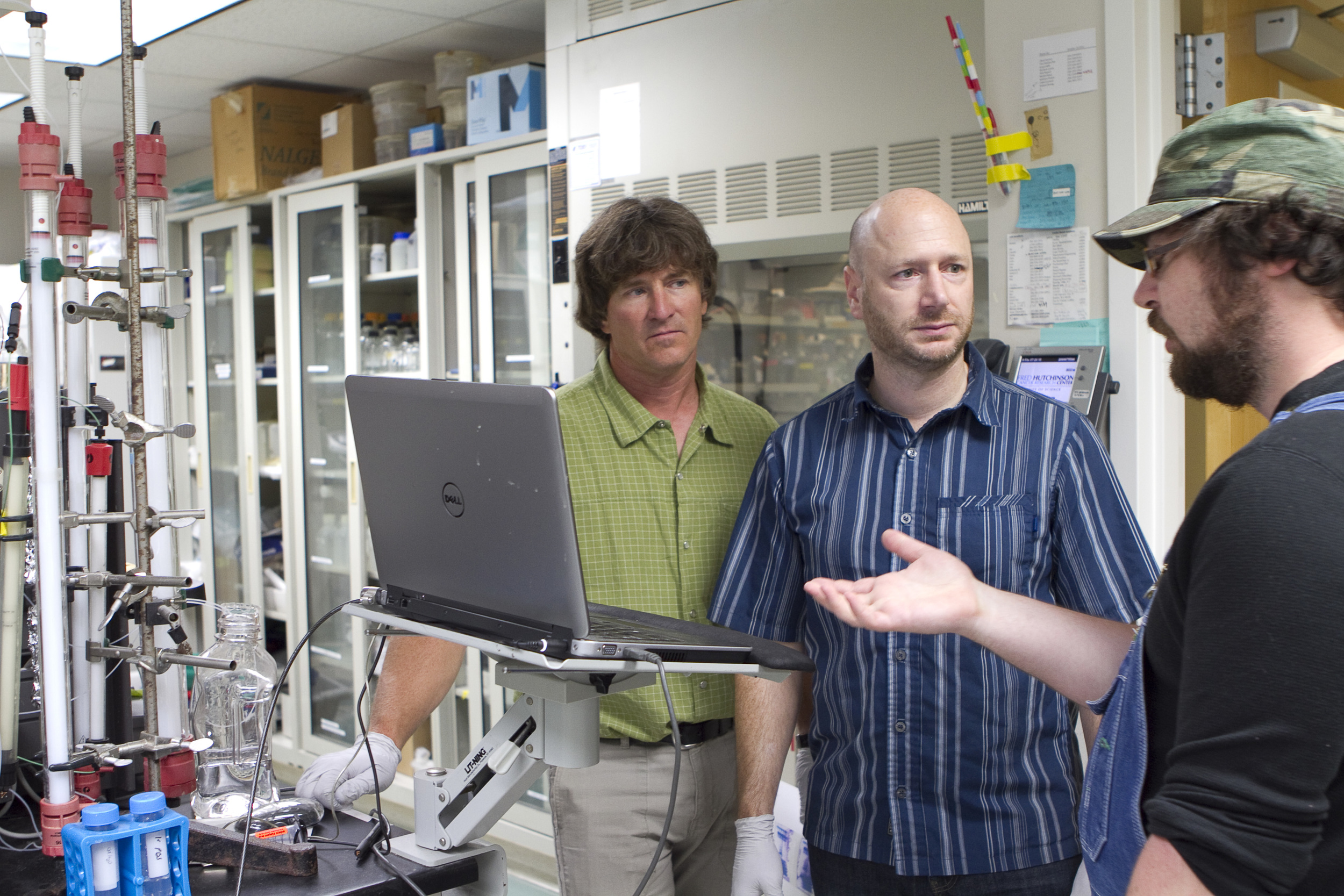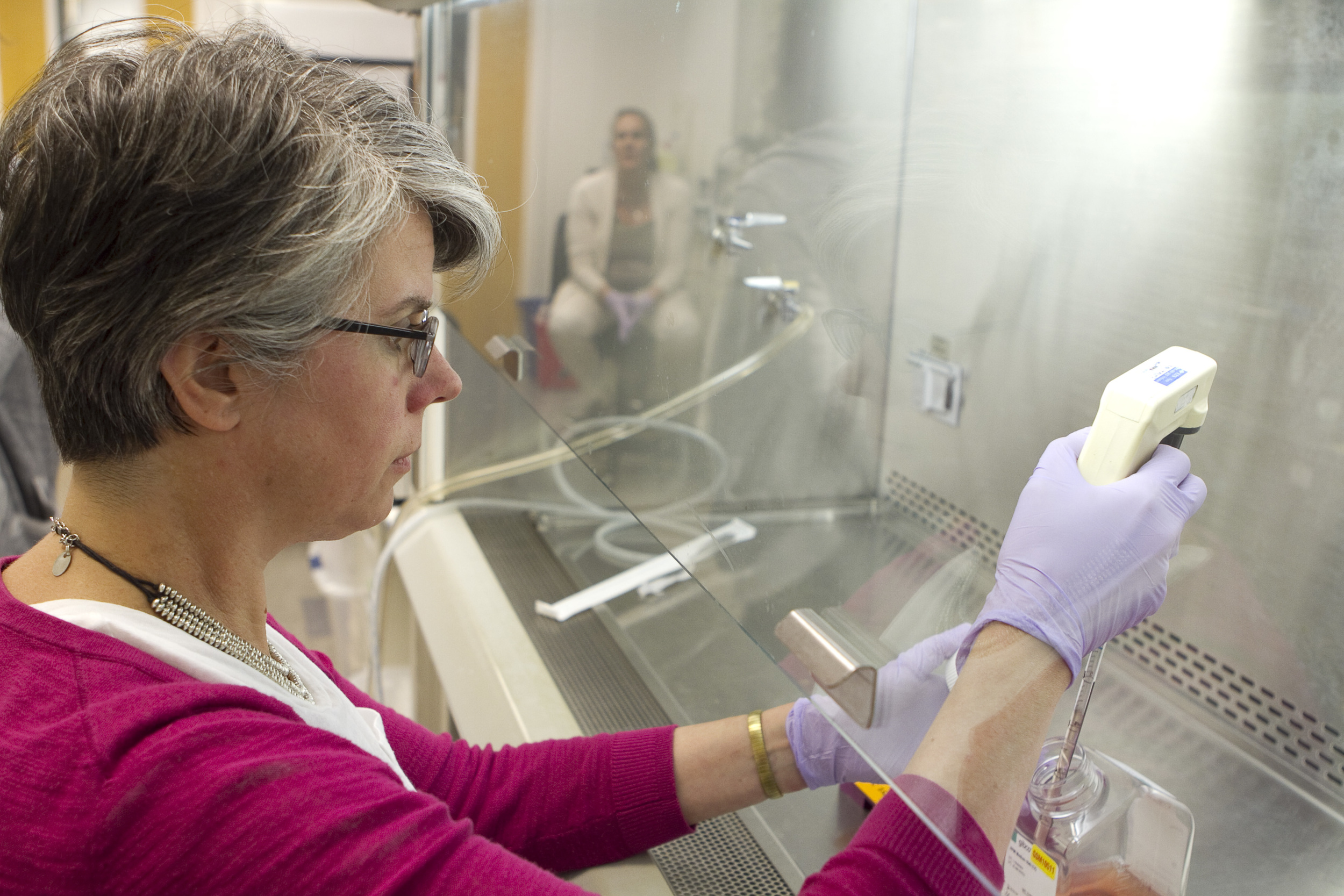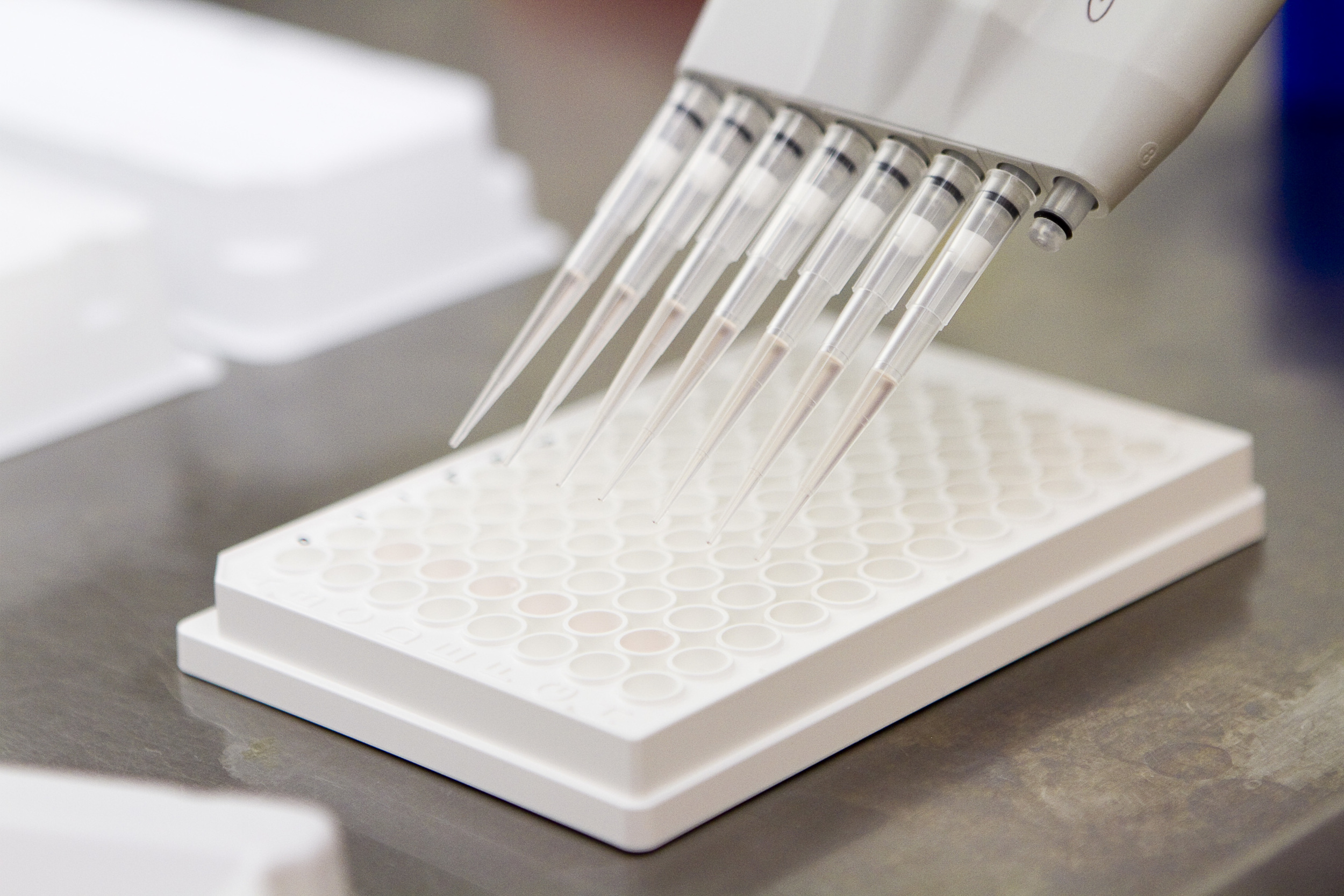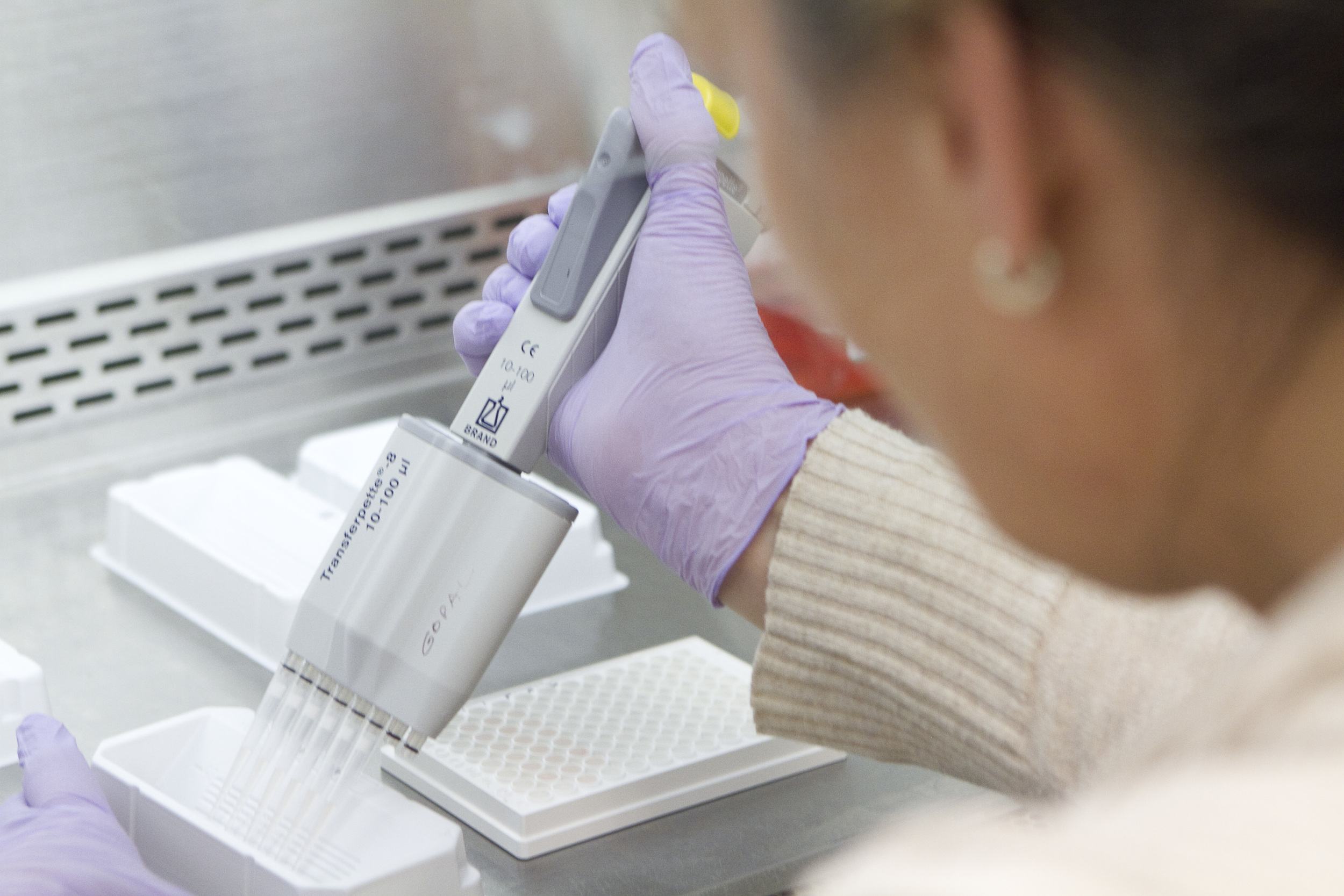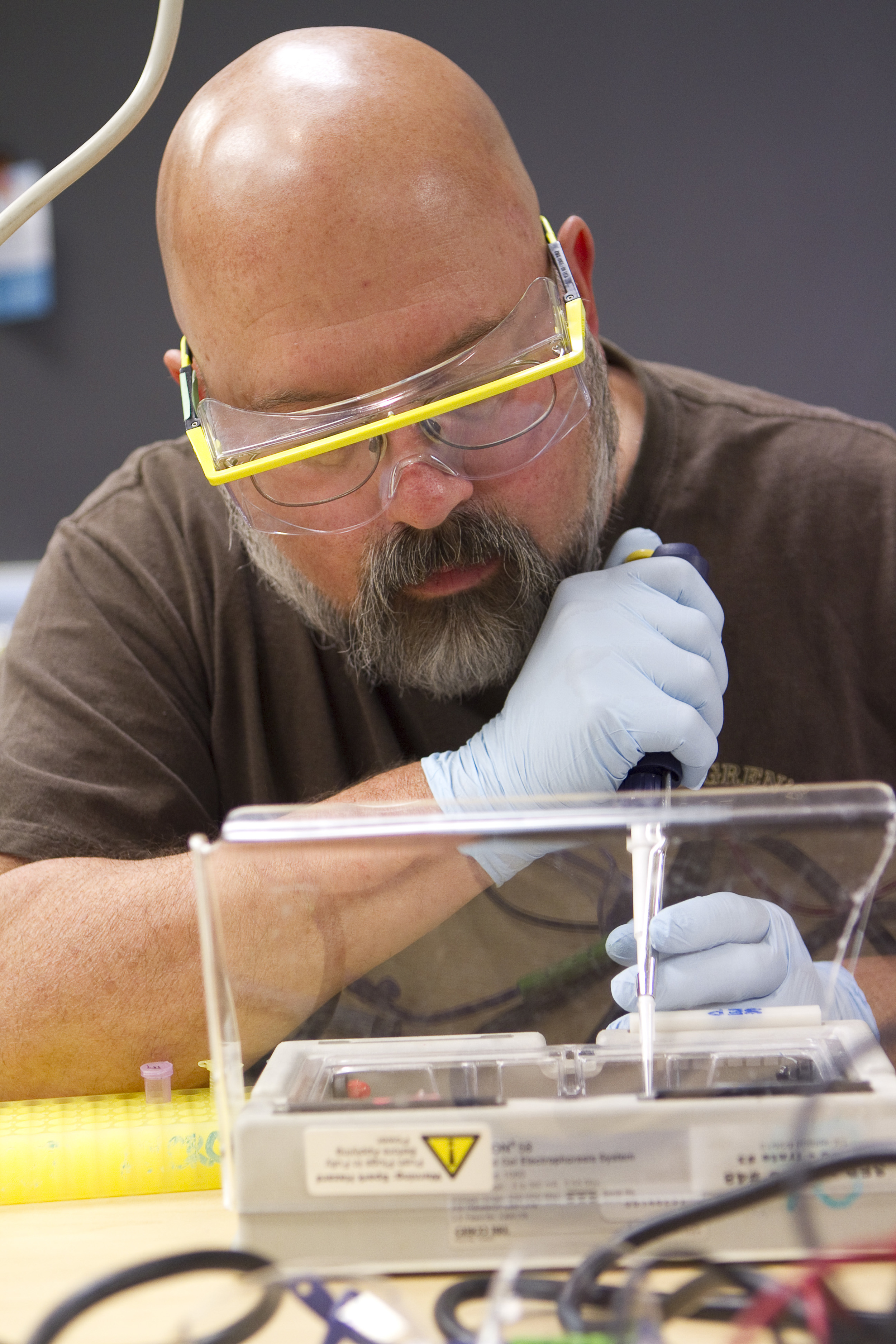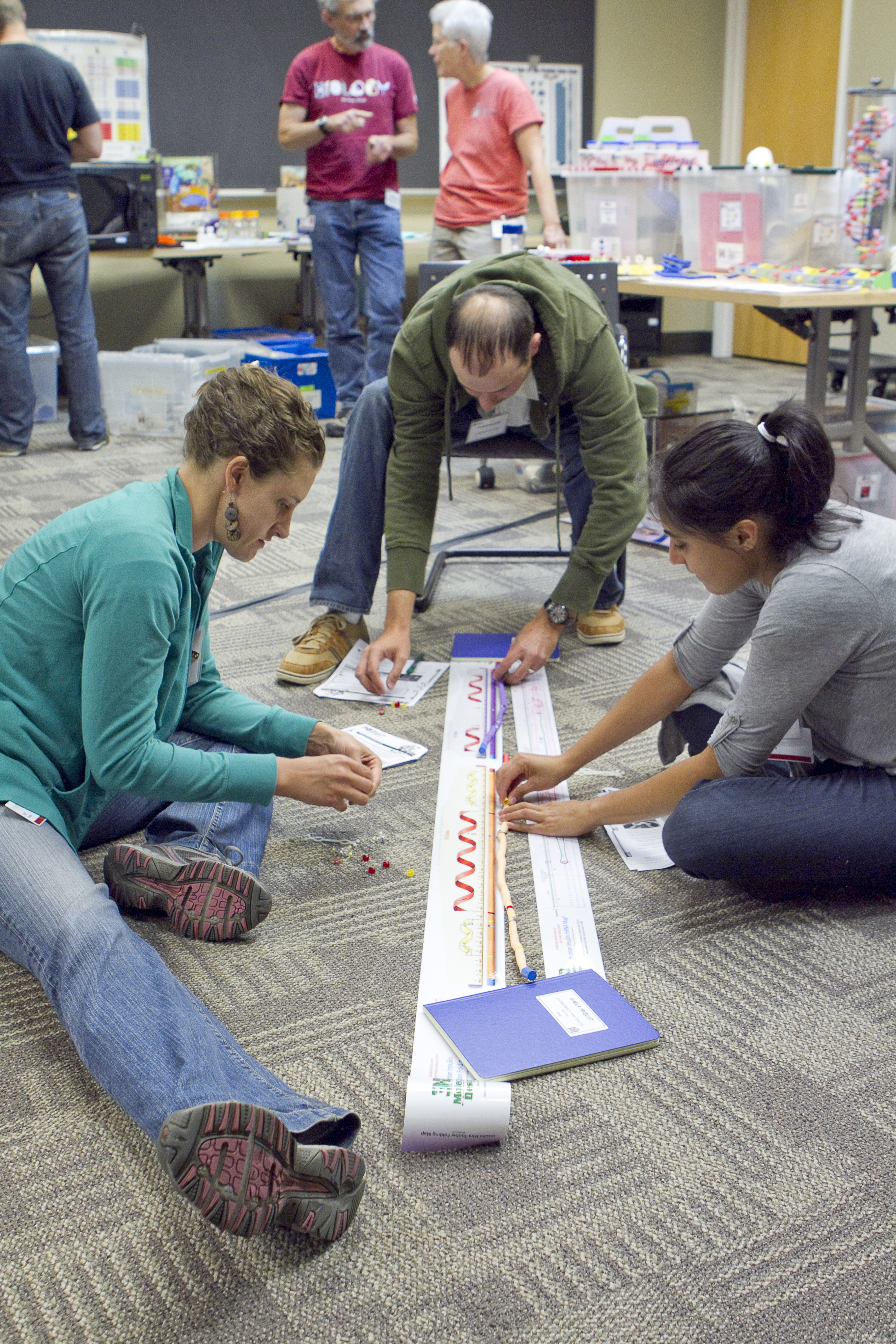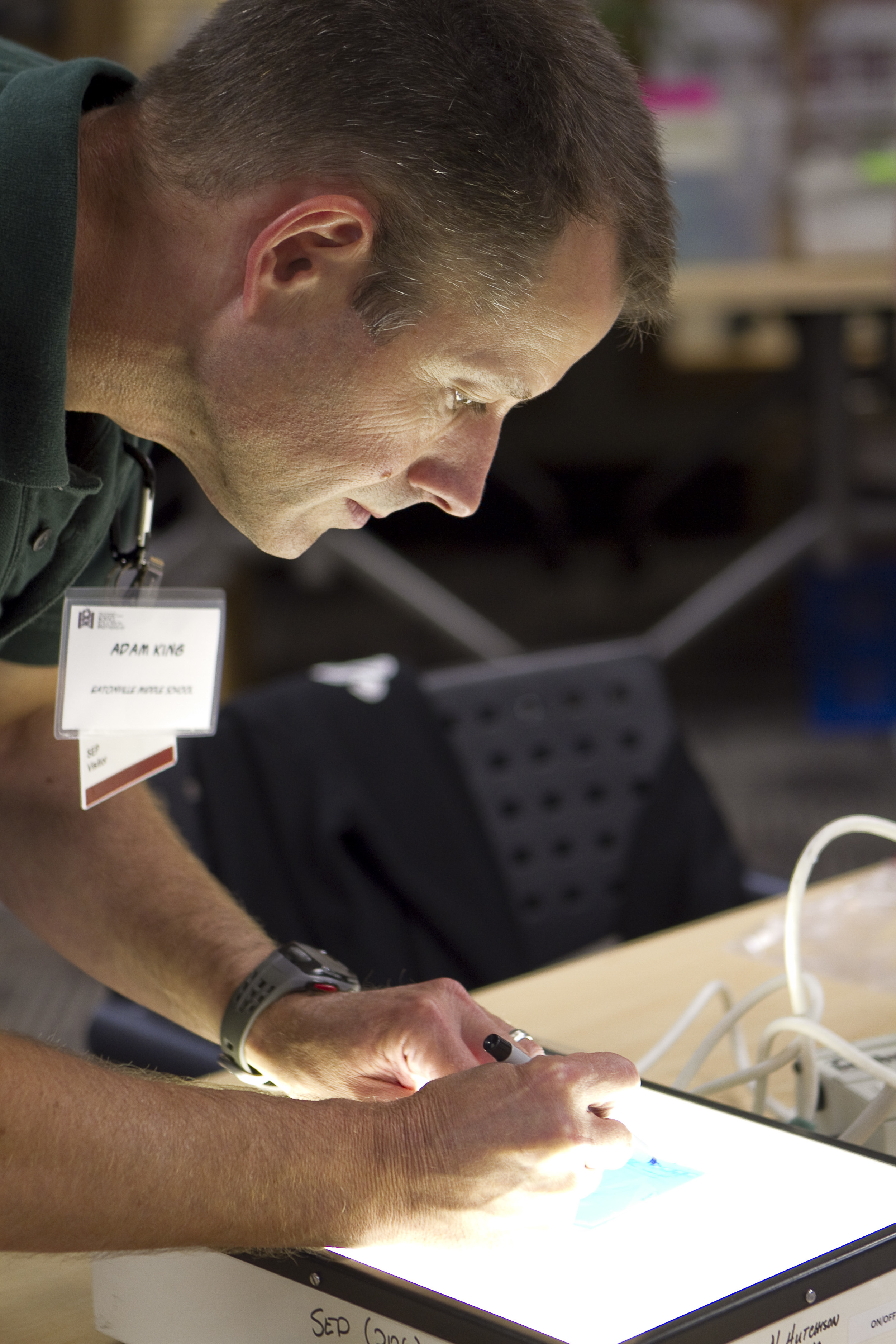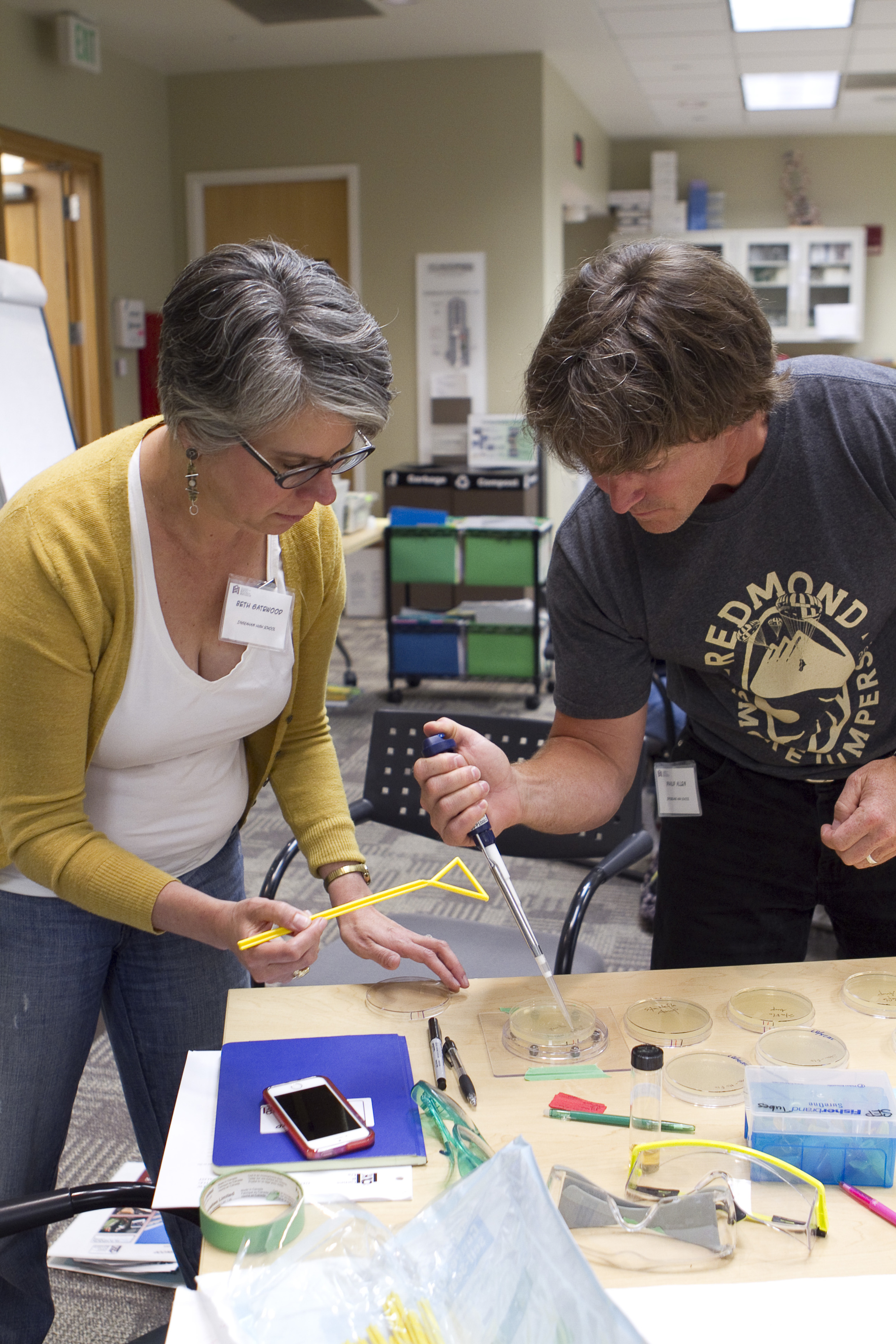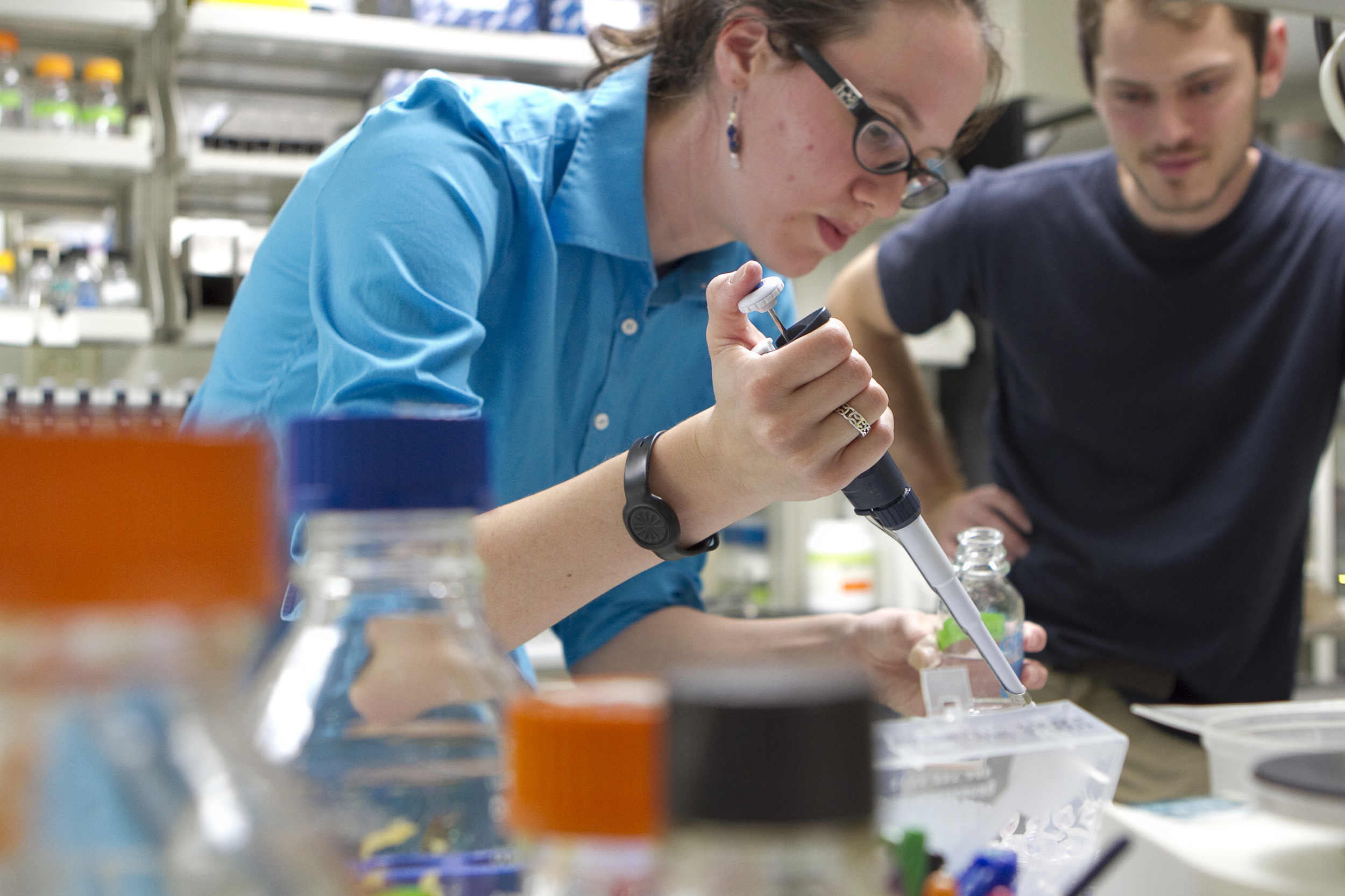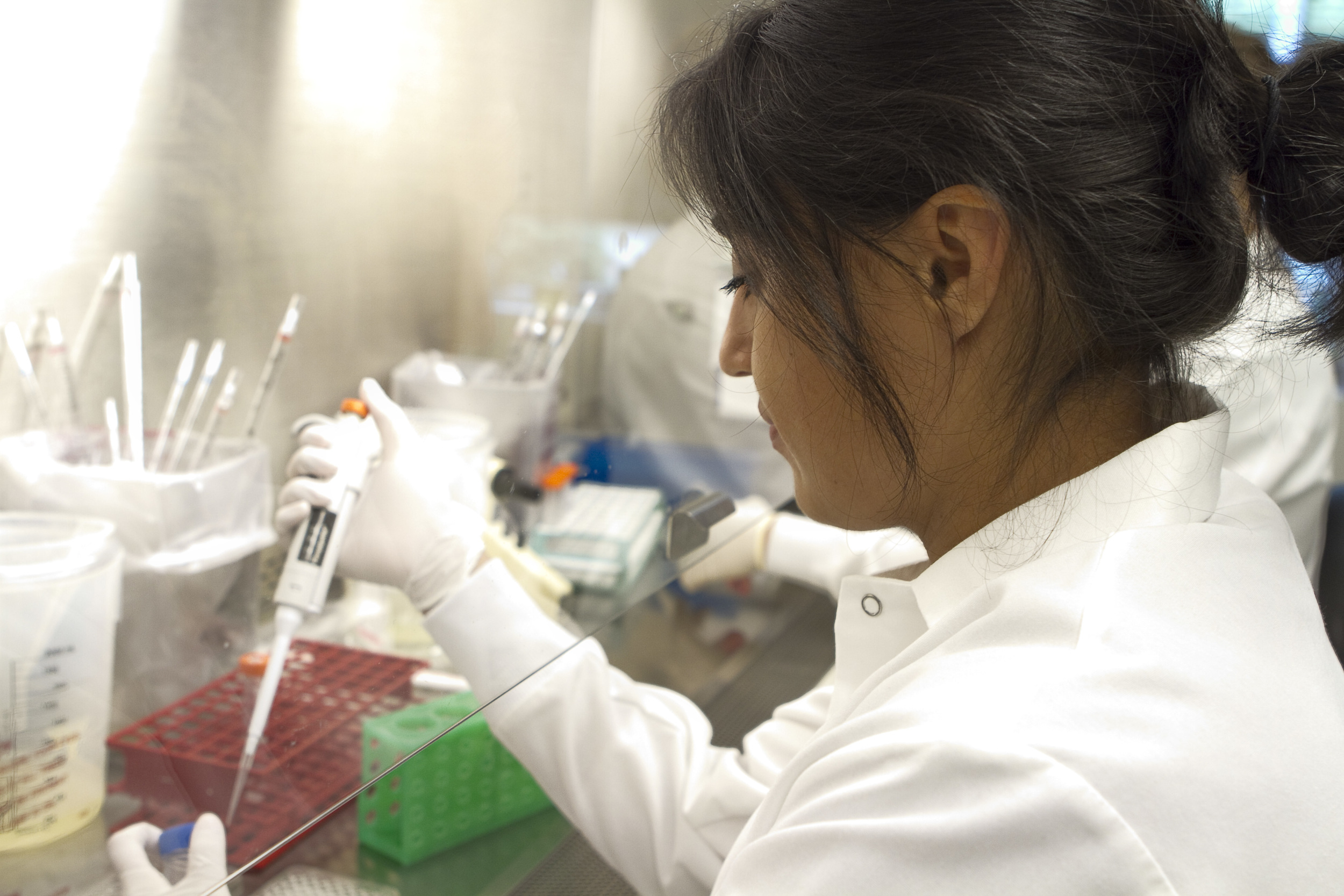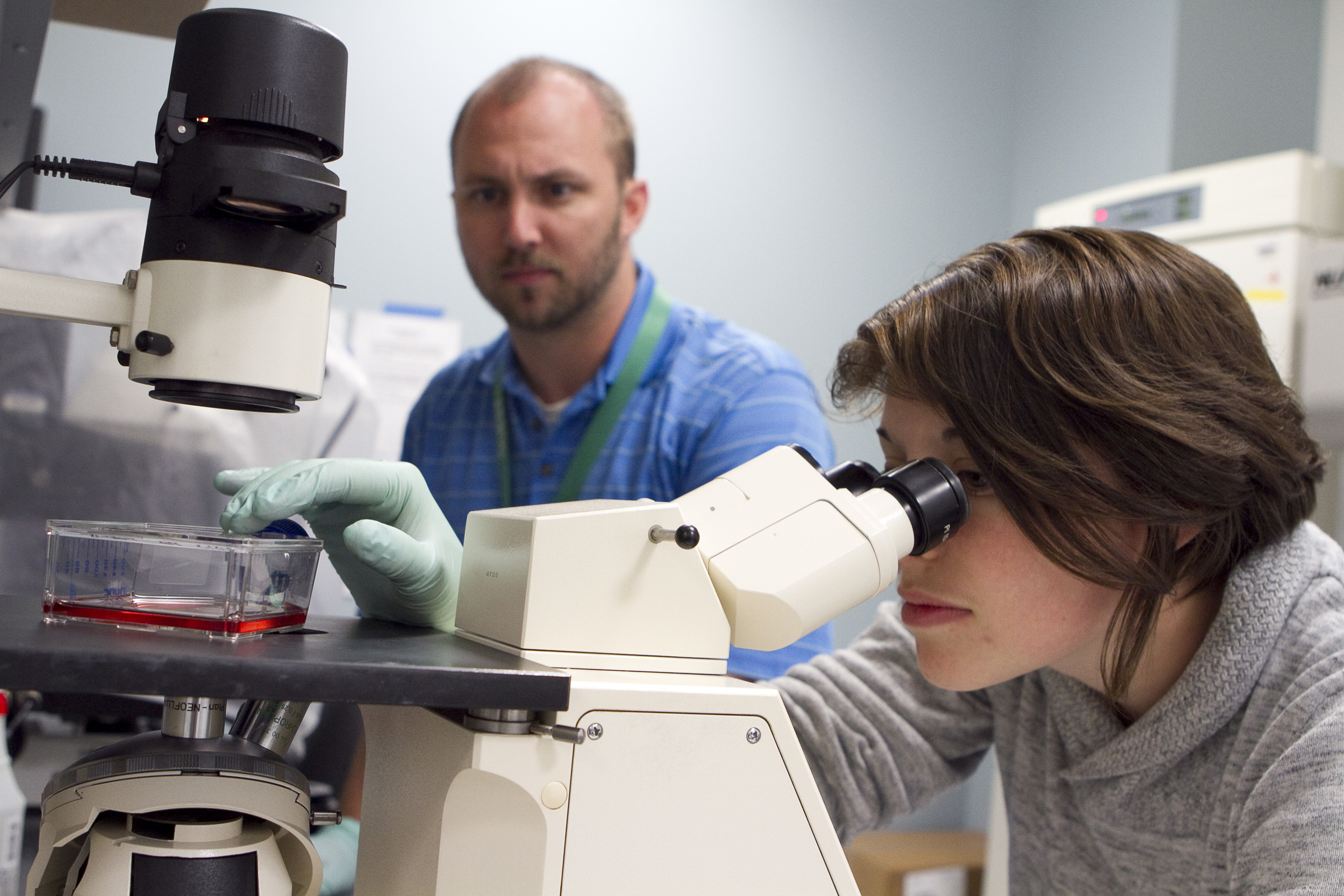Cornish and ISB continue their partnership in Consilience by presenting artist Geraldine Ondrizek to talk about her latest research and studio work based on findings from the Kaiser Wilhelm Archive at the Max Planck Institute in Berlin of Dr. Georg Geipel’s hand and fingerprint studies (1930-1960).
Geraldine Ondrizek is a research based artist and professor at Reed College. For the last twenty years, she has collaborated with genetic and medical researchers to make architectural based installations. She works closely with genetic scientists to trace ethnic identities, portray life spans, and depict genetically inherited conditions.
Exhibitions in 2015-16: Global-Exo Evolution ZKM, The Center for Art and Media Karlsruhe Germany, Twisted Data, Haber Space, New York, Technology and Evolution, Phoenix Gallery, Brighten England.
Her recent 2014-15 project Shades of White was a site-specific installation that was exhibited at the Jordan Schnitzer Museum of Art (Artist Project Space) at the University of Oregon. This controversial work focused on skin color charts, the “Gates Skin Color Charts,” a tool used by eugenicists.and eugenics practices in the US. This work was based on the research of medical scholar Alexandra Minna Stern, who investigates the history of eugenics and its attendant genetic and racial discrimination as practiced in Oregon, and more widely practiced in the UW from 1900 to 1987. Yes, you read that correctly…that was 1987!
Shades of White, Jordan Schnitzer Museum, University of Oregon, Geraldine Ondrizek, 2014
This project exposes the genetic discrimination practices at play in the United States beginning in 1900 and links them to the racist pseudo-science of the National Socialists. As Stern points out in her book, the top eugenicists in the US collaborated and followed the same practice as their Nazi counterparts in 1930s Germany.
Reading Dr. Stern’s research on eugenics and sterilization in California and Oregon, I felt it was important to make a work that would give these events visual accessibility.. Stern’s work exposes the deeply problematic charting of physical and mental anomalies and skin color by medical professionals. For this exhibition, I will reproduce the “Gates Skin Color Charts,” a tool created by eugenicists at the University of Michigan, which attempted to chart race by color with labels ranging from “African” to “Caucasian.” These charts had practical and material effects, as they were used to determine if children were adoptable. These racially discriminatory practices haunt us today. In fact, it was not until 2001 that Governor Kitzhaber asked forgiveness from the victims of discriminatory sterilization in Oregon’s orphanages and other state institutions.
– Geraldine Ondrizek
Needless to say, the work of Ondrizek could not be more timely. On February 12, Geraldine gave a rich and informative lecture on her recent artist in residence at Kaiser Wilhelm Archive at The Max Plank Institute in Berlin where she studied the work of Dr. Georg Geipel and the origins of Biometric Data at the Max Planck Institute in Berlin. The audience included research scientists from ISB, art students from Cornish College of the Arts, UW Genetics counselor, Robin Bennett and several independent artists working at the convergence of art and science, including Cummins, Steven J. Oscherwitz and Ginny Ruffner.
Geraldine Ondrizek presenting her recent work at Institute for Systems Biology, 2016
The Origins of Biometric Data, Geraldine Ondrizek, 2016
In 2015-16 I was awarded both a Hallie Ford Family Artist Fellowship to continue my research on the visualization of genetics and eugenics and a year sabbatical from Reed College . In the fall of 2015 I was an Artist in Residence at Momentum in Berlin Germany, a research based artist residency to access the Max Plank Archive of the Kaiser Wilhelm Institute.
I was given access to Archives at the Max Plank in Dahlem to view the work of Dr. Georg Geipel, an anthropologist and statistician who worked at the Kaiser Wilhelm Institute in Berlin from 1930 through 1960. Geipel used methods of dermatoglyphics and dactyloscopy for the study of fingerprints and handprints to link the pattern to inheritance. Geipel assigned mathematical coordinates to the lines and curve in the hand to create a system of measurement.
Through these measurements he was able to identify inherited hand lines, similarities in identical twins based on embryology, and racial difference. It should be emphasized, that although his ability to identify genetic inheritance was significant, his evaluation and conclusions of racial difference and mental ability had grave consequences on society during the Second World War. However, he did continue to refine mathematical identification systems after the war. Geipel’s mapping and measuring of fingerprints proved that these marks are unique for each of us. He created a system that measured the breaks and intersections of the lines in the hands which is now used in hand and fingerprint scanners today for the collection of Biometric data.
The history of biometric data skips the 1930-50 because of the negative associations. However, the effects of taking biometric data then and the effects of taking it now as a method to keep surveillance and as an identity code for each human being, is hauntingly similar.
I have had the privilege to look at thousands of these studies and have focused on those from the 1950-60 of identical twins. Twin studies have continued to be of vital importance to genetics as they show the subtle difference in the genetic make up of each human being.
I aim to honor those who offered their identity markers for science. It is highly unlikely that they would have known how their personal mark would have been used to establish the system we use now. However, the knowledge gained, for better or worse is part of a system of Biometric Data collection that begins at birth with the taking of a child’s hand prints and has become the standard measure of our identify world wide.
Geraldine and I have been collaborating for many years. In 2009, I initiated a unique collaboration between Geraldine Ondrizek, and Robin Bennett and her team of research scientists at the University of Washington’s Medical Genetics Center. This effort culminated in the public commission and a solo exhibition, Chromozome Painting at Kirkland Arts Center in 2011. (For more on Chromozome Painting)
The notion that the grand scale of humanity is connected on the cellular level. In its visual and poetic language, a key function of art is to present a portrait of the “self” in relation to the time and place in which we live.
– Jane Chin Davidson, Art Historian
This notion of "portraiture"...a new way of rending ourselves...is at the heart of Ondrizek's work. It was the inspiration for a workshop I did with the Advanced Photomedia students at University of Washington (2013) called: Data-Driven Portraits: The Quantified Selfie. I am now working with Geraldine to develop a curatorial and learning collaboration at Cornish, Rendering Ourselves: BioMetric Data and the Quantified Self-Portrait, an elective offering that will activate student inquiry, research and creative responses, across the disciplines, to challenging issues surrounding bioinformatics, genetics and identity.
For More Information on Geraldine Ondrizek: http://academic.reed.edu/art/ondrizek
